Does your tap water look slightly brown? That brown tint is often a mix of sand and rust that settled in your water tank and is now flowing from your taps. Over time, these particles build up in your pipes and clog expensive appliances like geysers and washing machines.
In this article, we’ll see 5 signs of sediments so you can spot the problem early and protect your water quality before it gets worse by using a sediment water filter.
1: Low Water Pressure in Shower & Taps
Sediments settling inside pipes and tap aerators gradually reduce water pressure. At first, you might not notice it - but over time, the buildup thickens and blocks the water flow. You’ll feel it while taking showers or filling buckets. If not addressed in time, the deposits harden into scale, causing constant low pressure and long-term plumbing damage.
2: Brown Water in Your Bucket
Have you noticed the water in the bucket you fill for a bath looking slightly brown? That’s dirt and fine sediments mixing into your water supply. When storage tanks are not cleaned properly, rust and sludge settle at the bottom. Then, when the tank is filled again, this settled layer gets disturbed and mixes with the fresh water, which is why you see that brown tint in your bucket.
3: Sediments Clogging Your Appliances
Is your washing machine filter getting clogged? Is your geyser not heating as fast as it used to? If yes, these are classic signs of sediments building up inside your appliances. These fine particles settle in coils and filters, slowing performance over time. What's worse, the buildup can damage heating coils and shorten your machine's lifespan
4: Soap Doesn’t Foam & Shampoo Feels Sticky
If your soap doesn’t lather well or your shampoo feels sticky after rinsing, sediments in your water could be the reason. When fine dirt and rust particles mix into the water, they prevent soap and detergent from dissolving properly. Instead of forming foam, these particles bind with the cleaning agents and make them less effective. The result? You end up using more products - yet your clothes feel stiff, and your hair never feels completely clean.
NOTE: Along with sediments, hard water can also stop your soap from lathering properly. To tackle hard water problems, install a hard water purifier in your home.
5: Tap Water Smelling Metallic
A metallic smell from your tap water usually means the tank has collected rust, algae, or decaying sludge. This often happens when the tank isn’t cleaned or when borewell water brings along underground impurities like iron residues. The taste may turn slightly bitter or metallic, a clear sign that the water sitting in the tank is mixing with settled dirt or corroded metal.
The Best Way to Prevent Sediment Buildup in Your Water Tank
You can clean your water tank to remove the sediments. But because the water supply itself carries rust, sand, and fine particles, they slowly start settling again at the bottom of the tank. So no matter how often you scrub or drain your tank, the buildup will always return when you refill your tank.
The solution? Filter out the impurities before they enter the tank. That’s where a sediment filter comes in.
Install a sediment filter for the water tank before the point where water enters your tank.
How a Sediment Filter Keeps Your Water Tank Clean and Rust-Free
A sediment filter traps sand, rust, and fine dirt from the water before it enters your tank. This means no more blockages in your pipes, no buildup in your washing machine or taps, and even your showers stay protected from clogging.
At RiverSoft, our ASP-20-HV5 Sediment Filter Assembly filters sand, mud, rust, and scale down to 1 micron, keeping your tank and plumbing cleaner. It’s installed after the pump, compatible with 1 HP and 2 HP motors, and made with a durable food-grade polypropylene housing with a 20-inch spun cartridge and 1-inch inlet/outlet ports.
The result? Cleaner water, stronger pressure, and longer-lasting appliances.
Recommended Reading:
Are you thinking of installing one for your home? Here’s a simple step-by-step mainline sediment filter installation guide
Conclusion
So, the next time your home water looks cloudy, pressure drops, or appliances slow down - don’t ignore it. These are early warning signs of sediment buildup. Understanding these signs and installing the sediment filter helps you protect your plumbing, save on repairs, and enjoy cleaner water across your home. With a sediment filter for the water tank, you can stop the problem right at the source instead of constantly cleaning your tank or fixing clogs.
Check out RiverSoft filters for long-lasting protection against sediment and hard water.




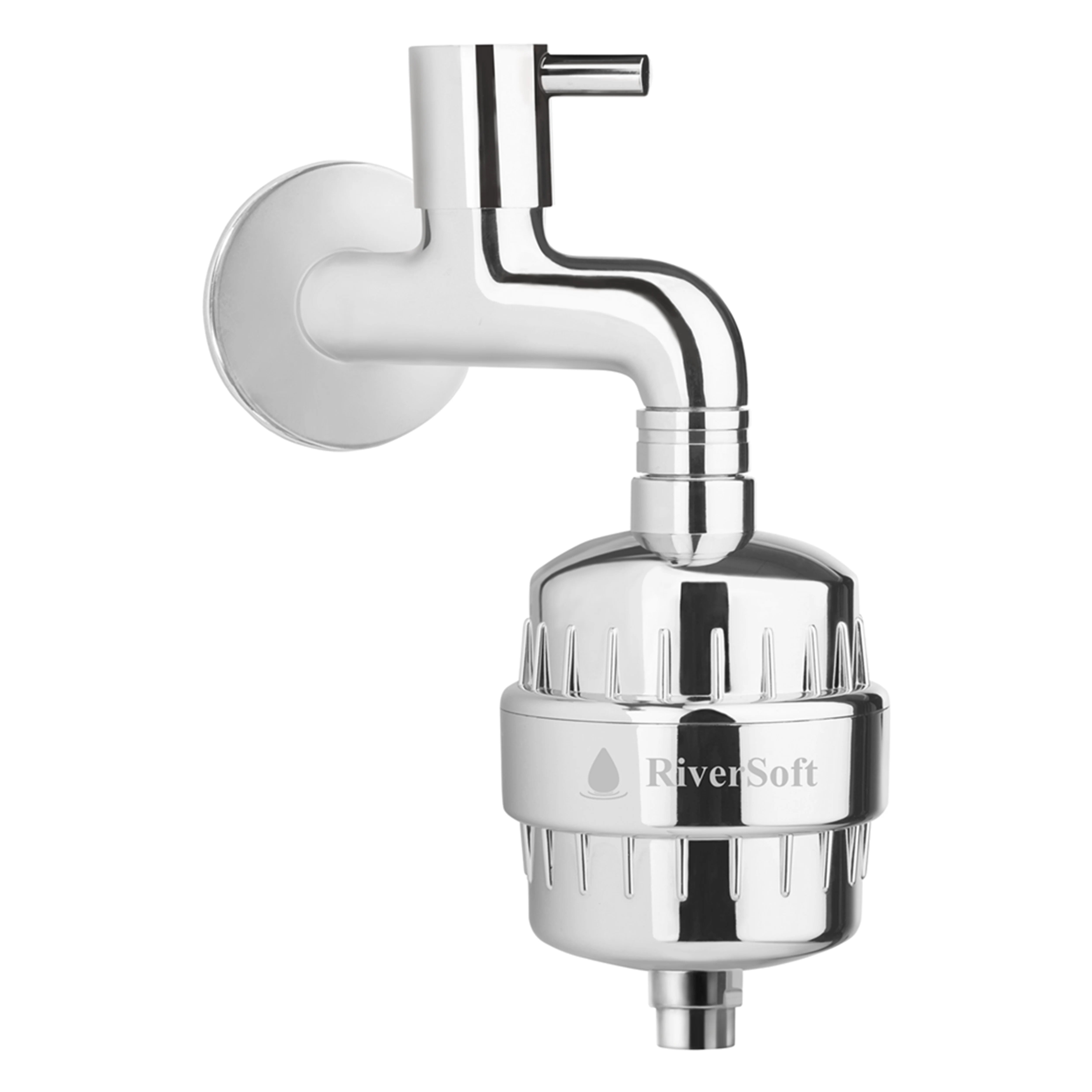
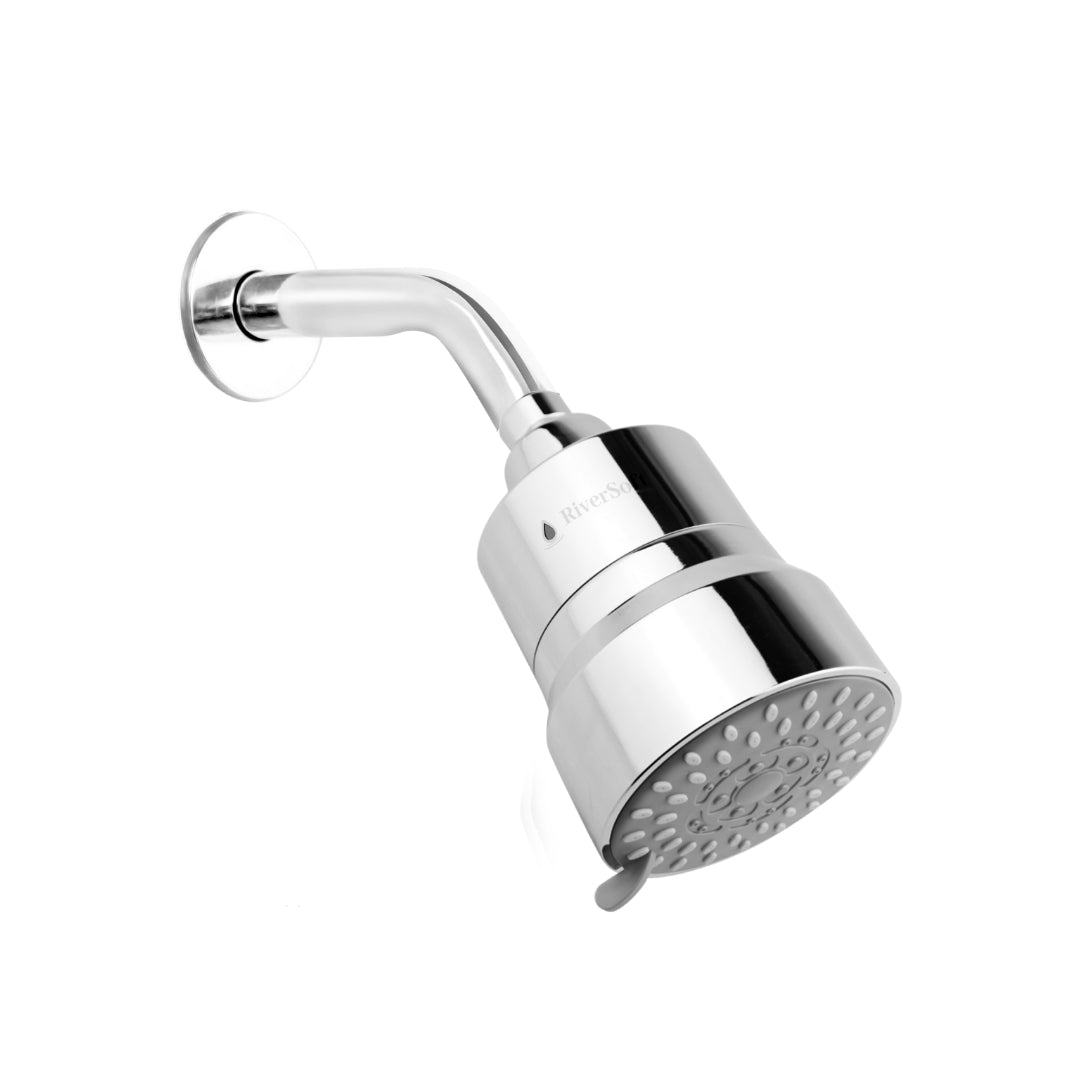
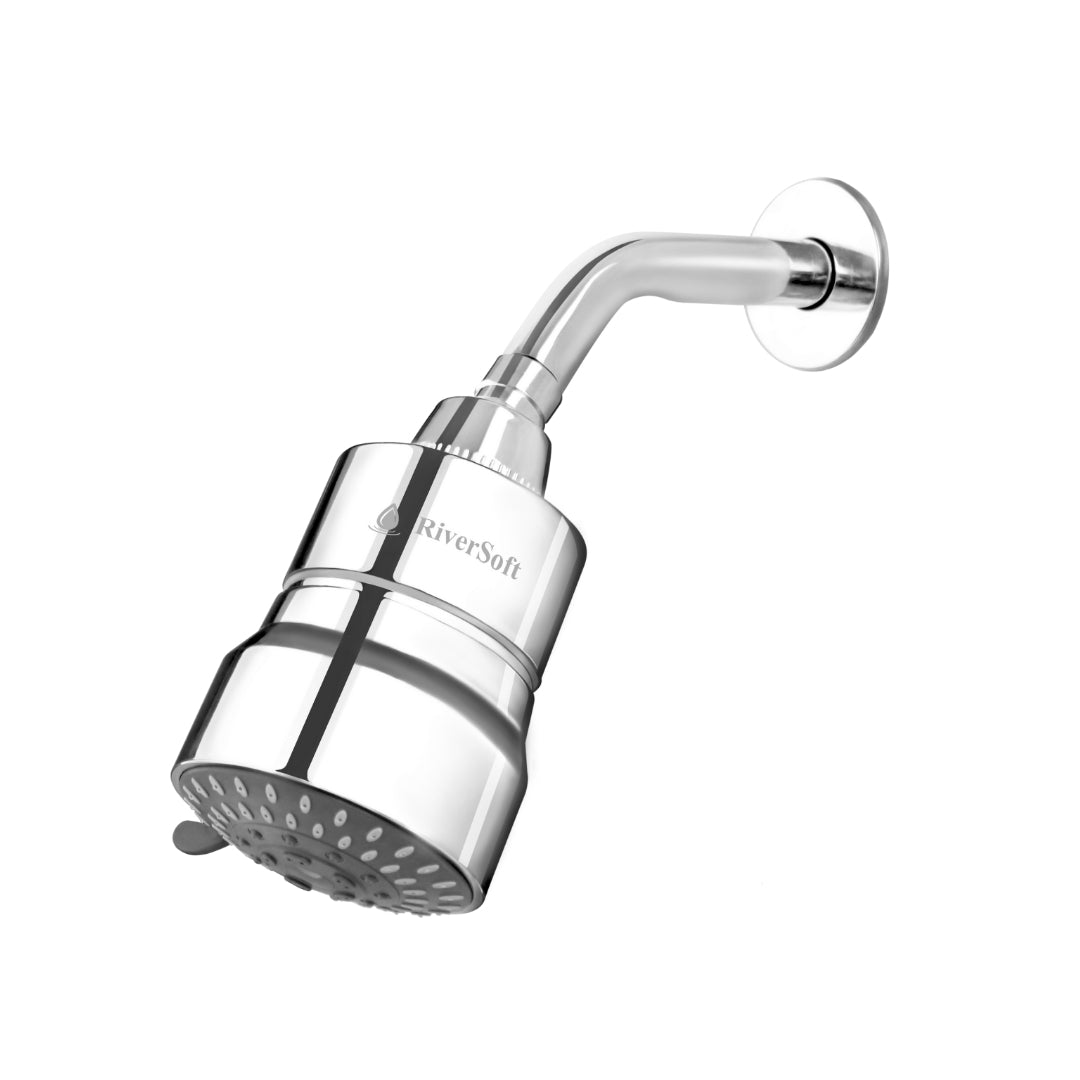
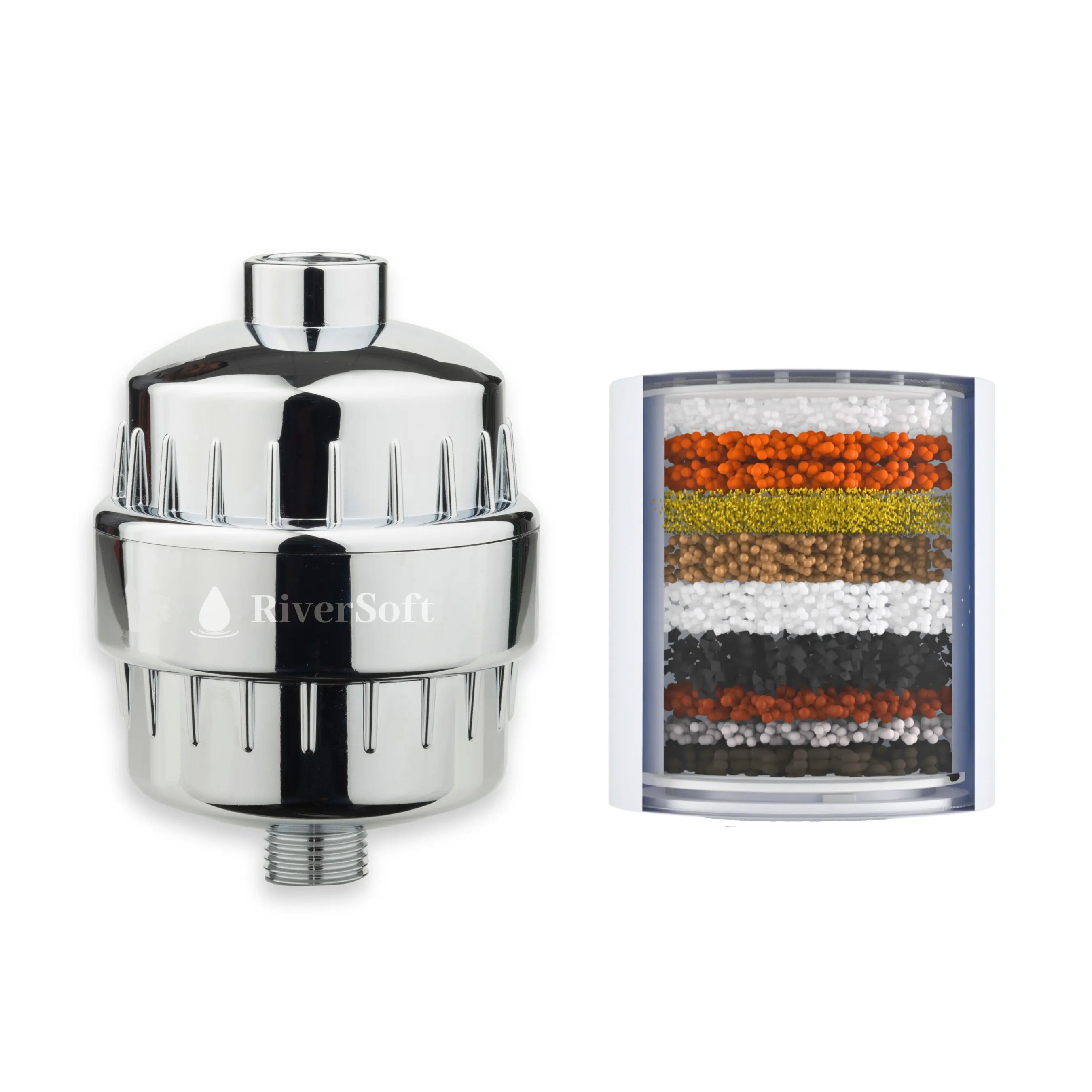
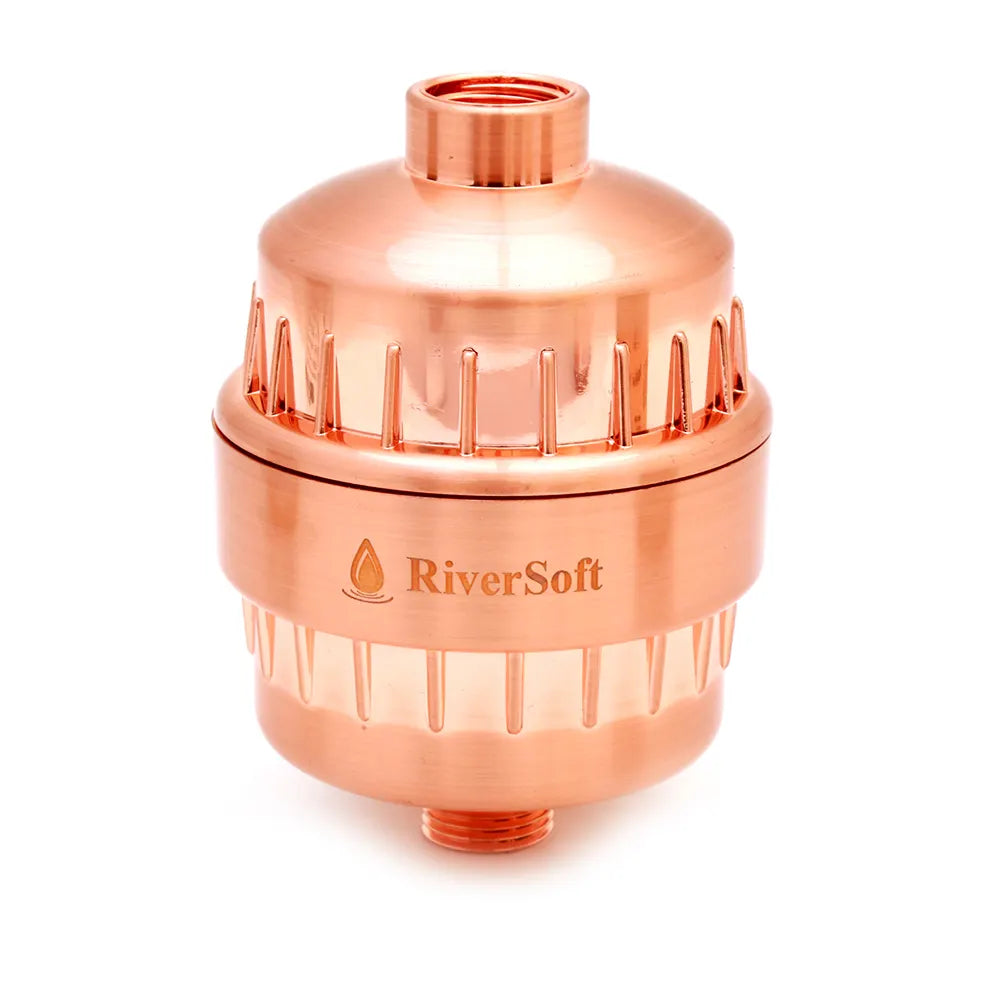
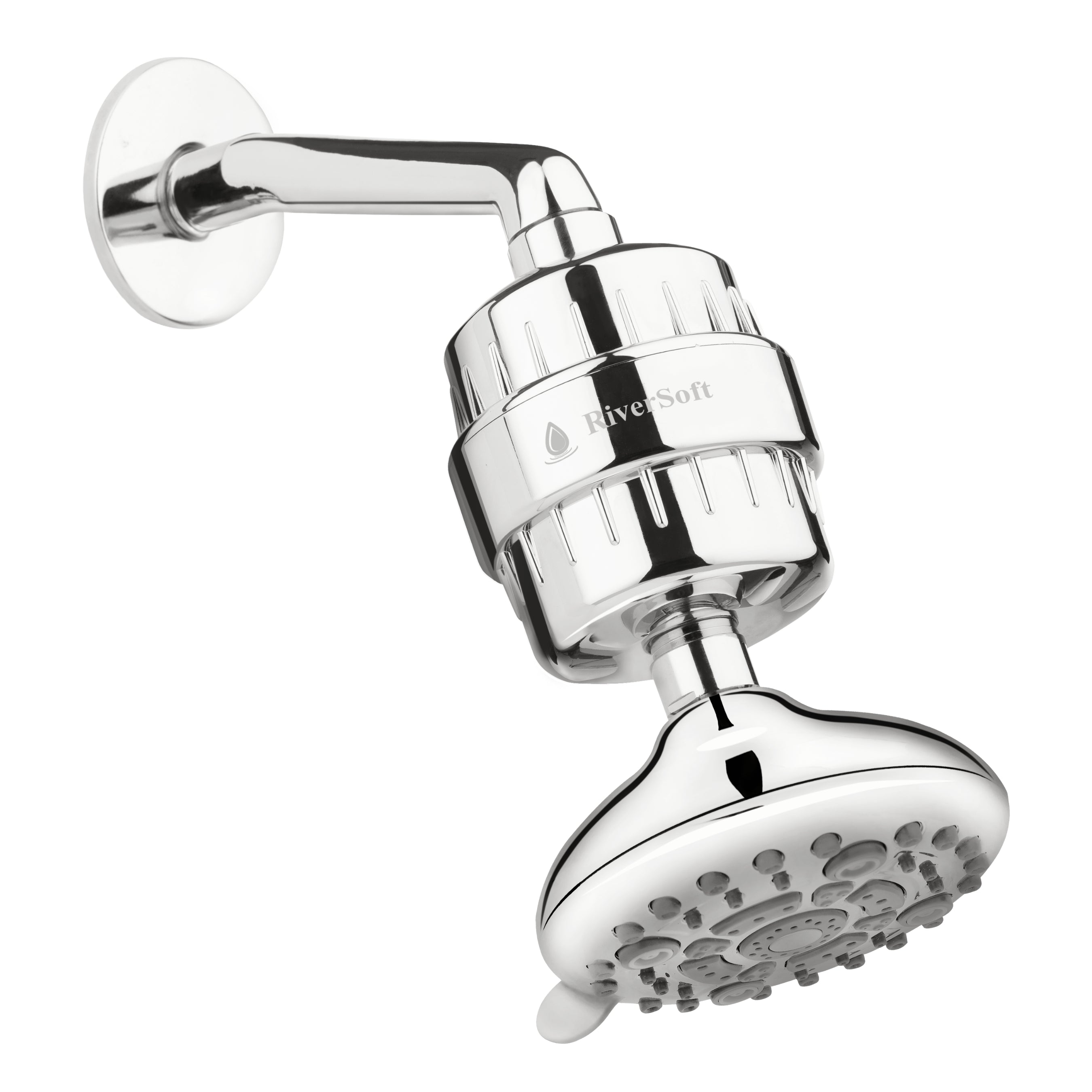

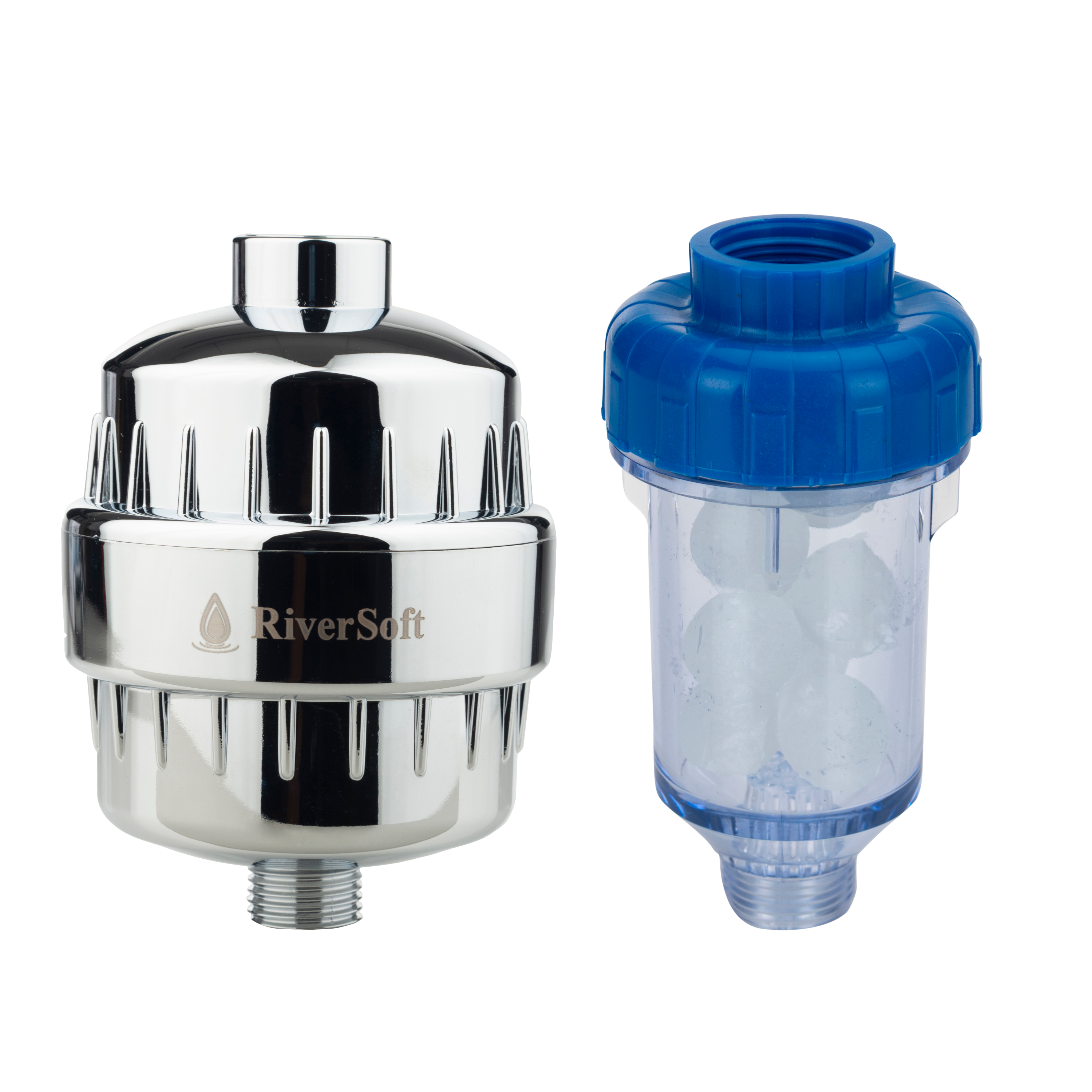

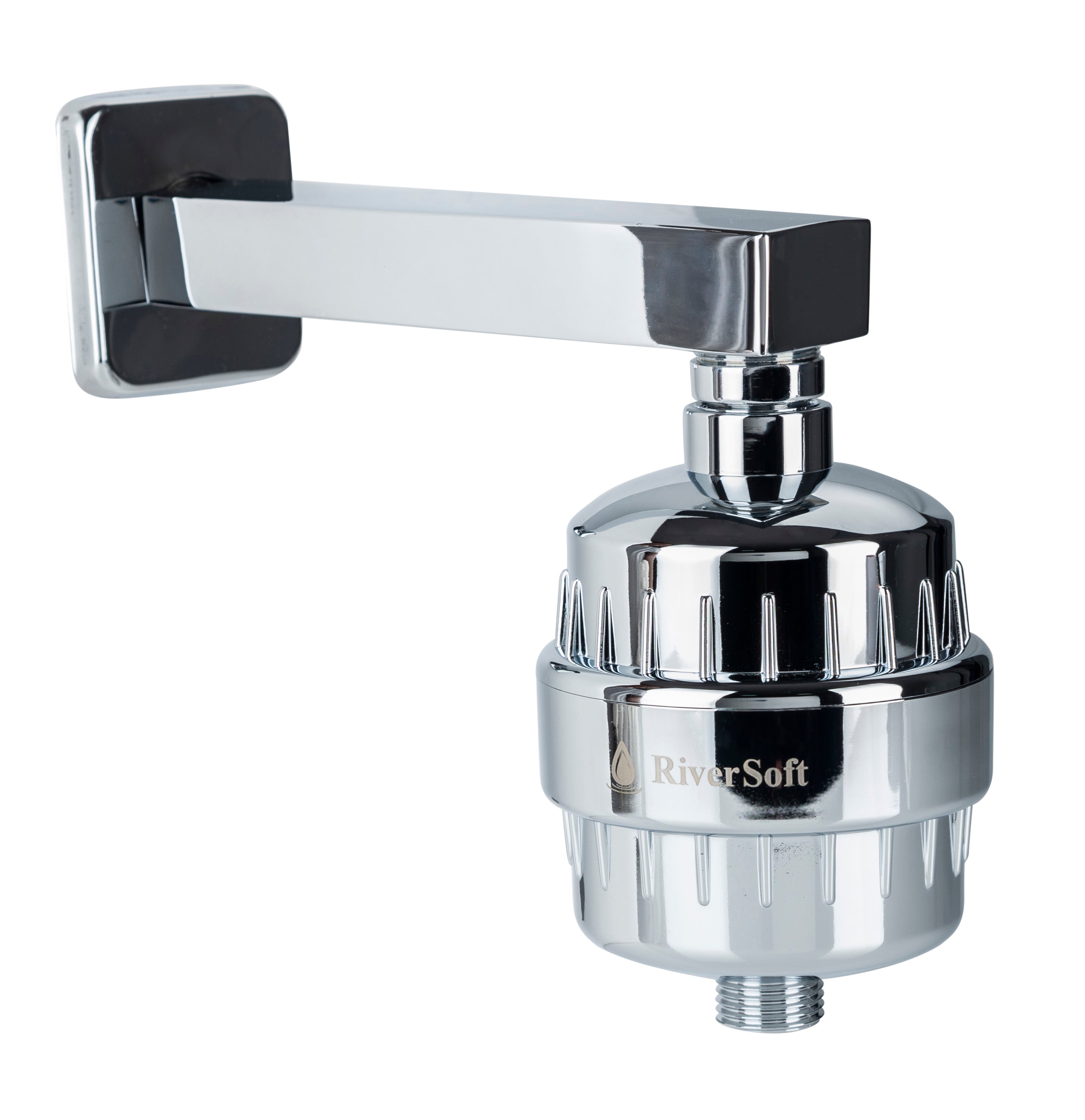

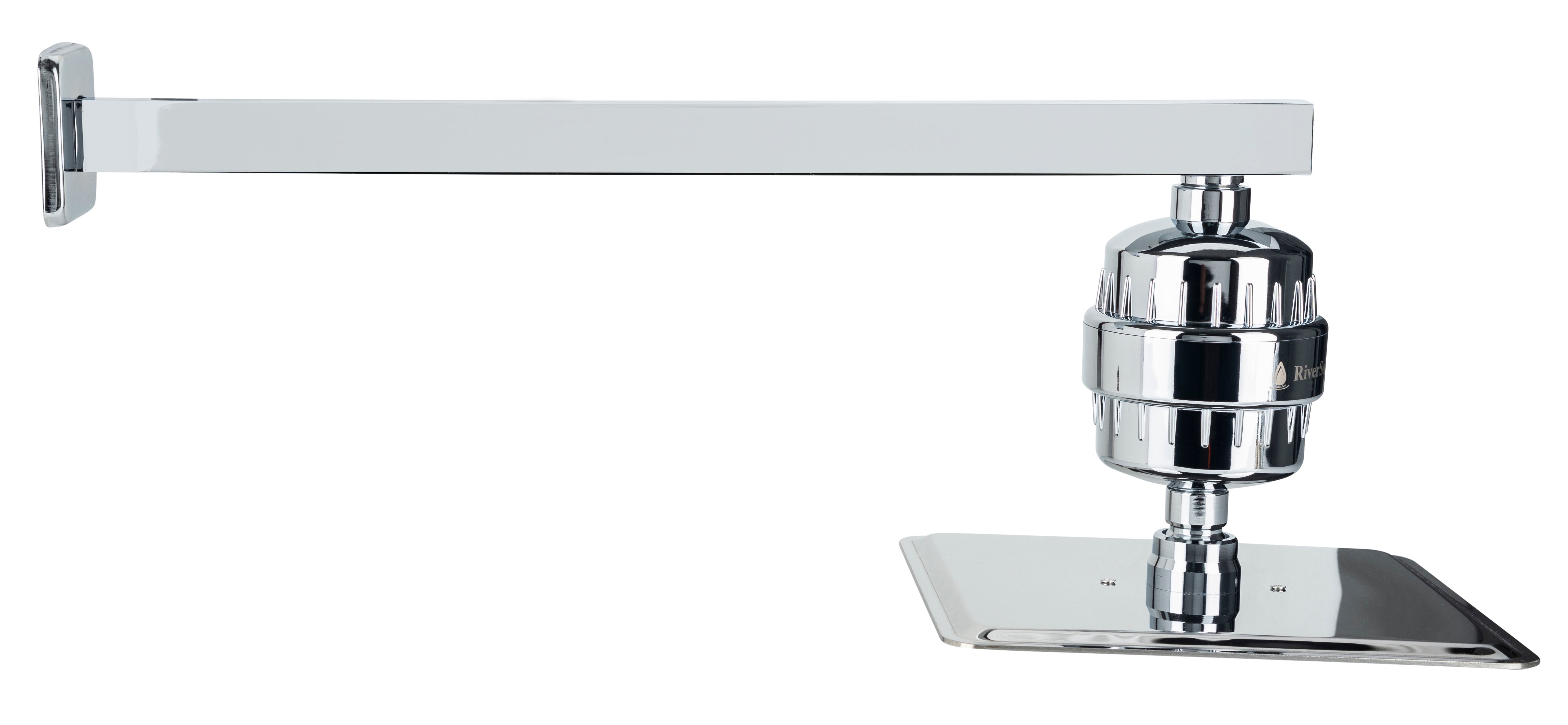

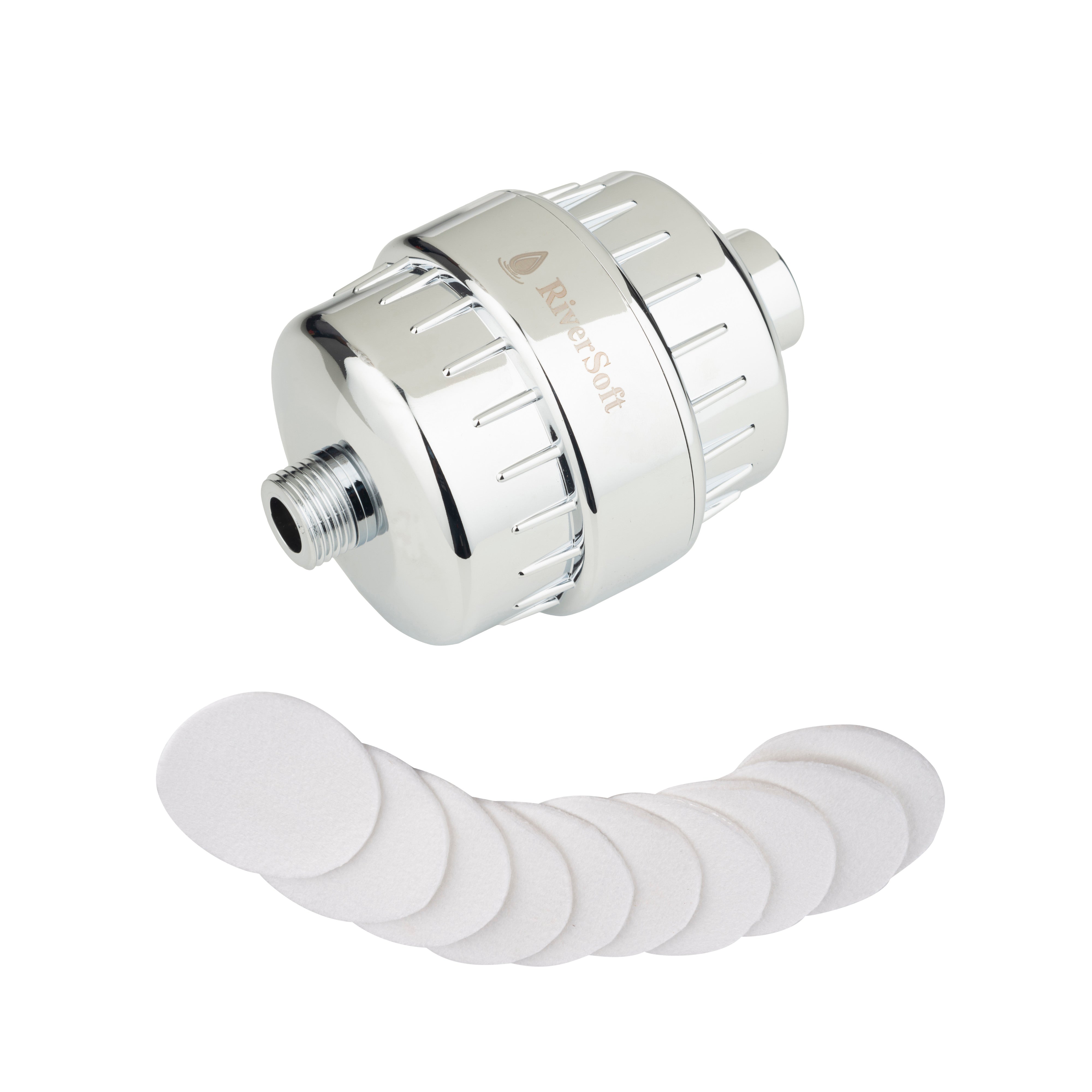
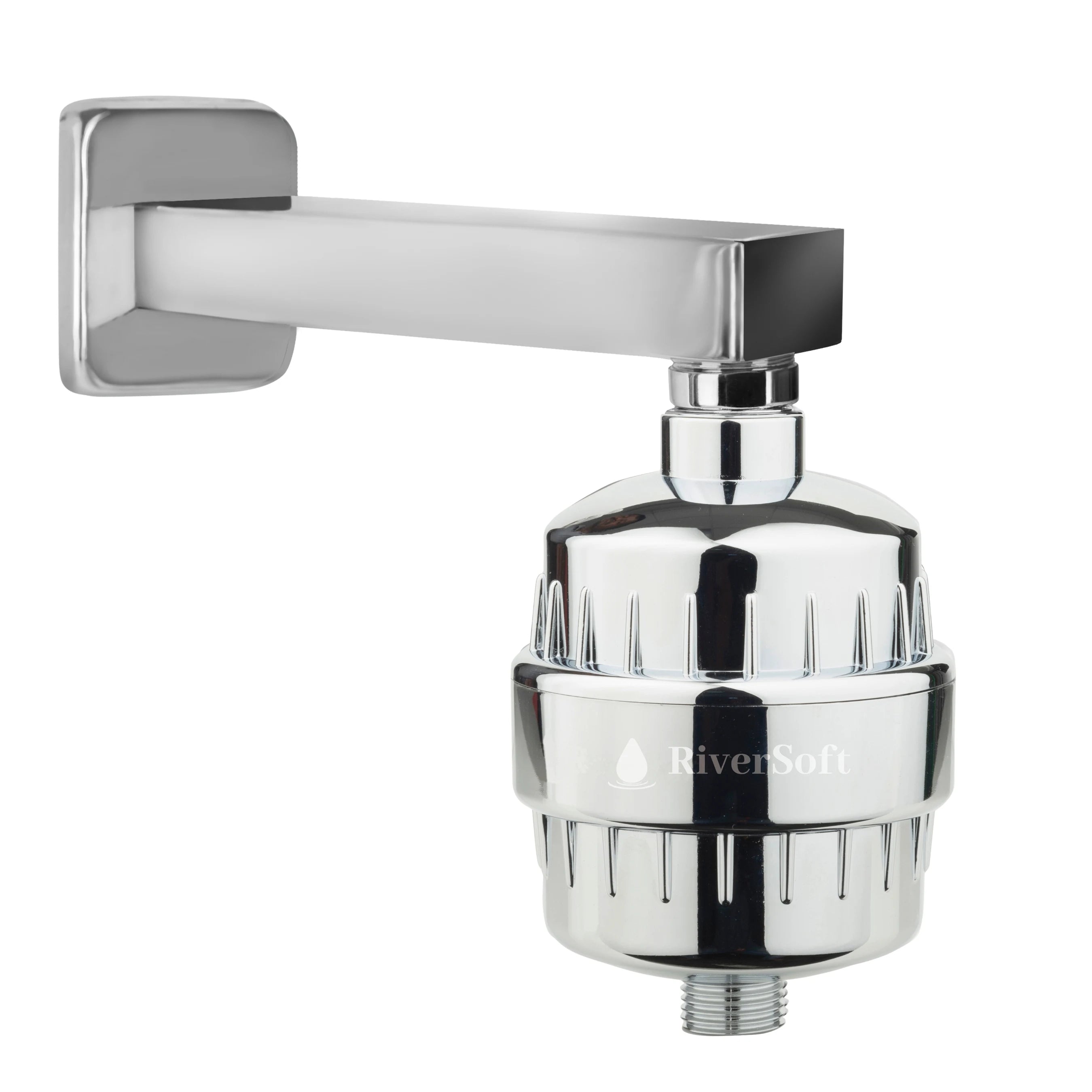

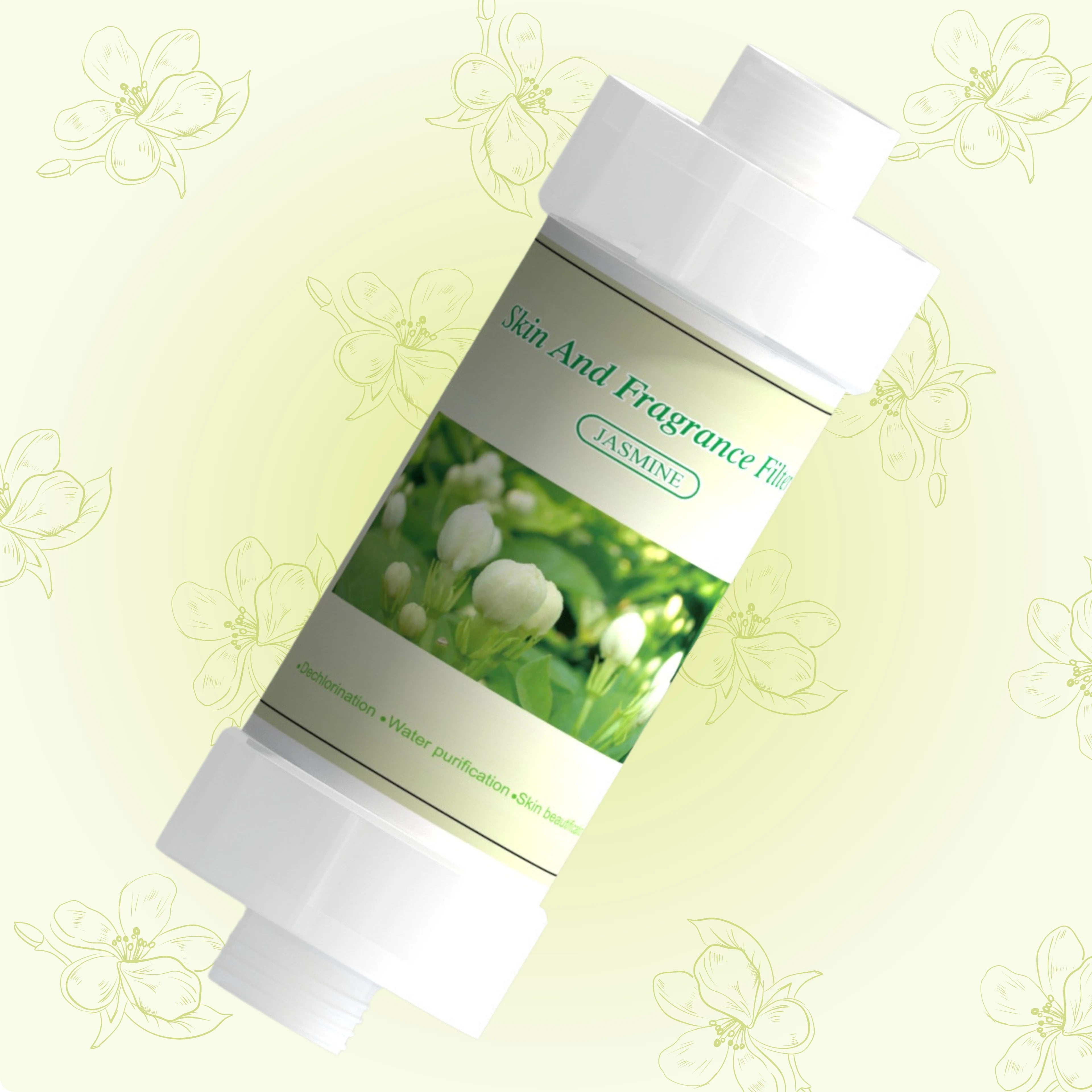
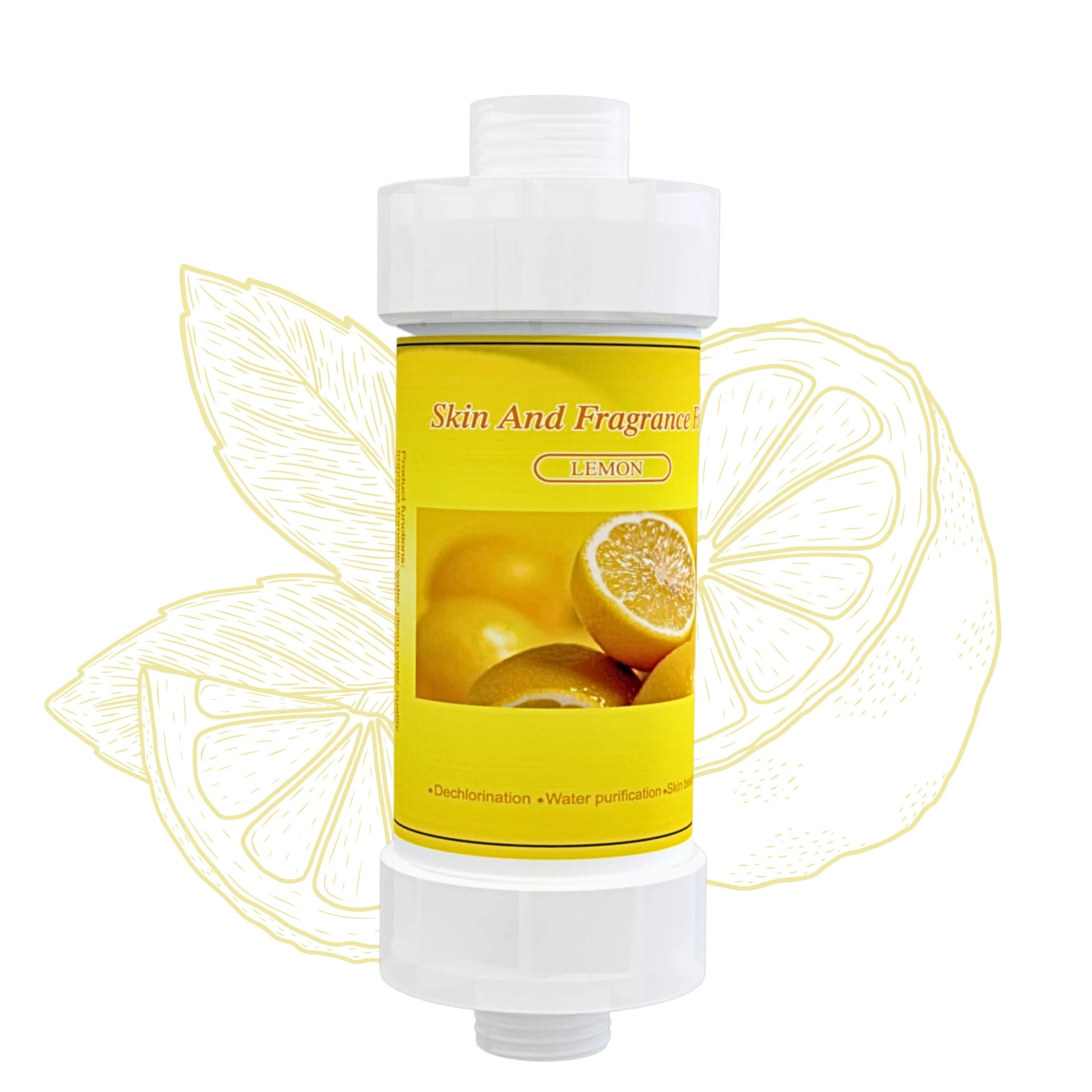


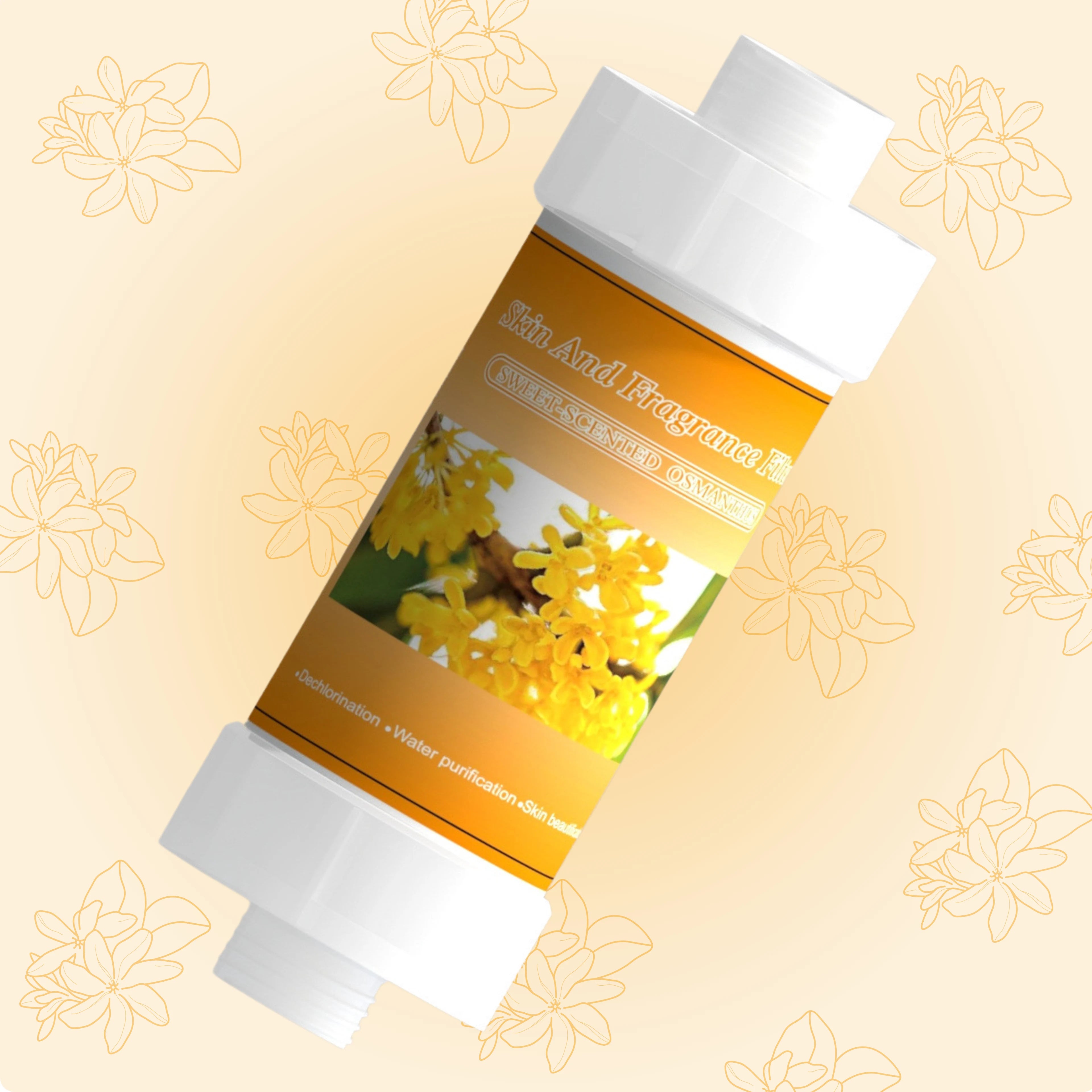


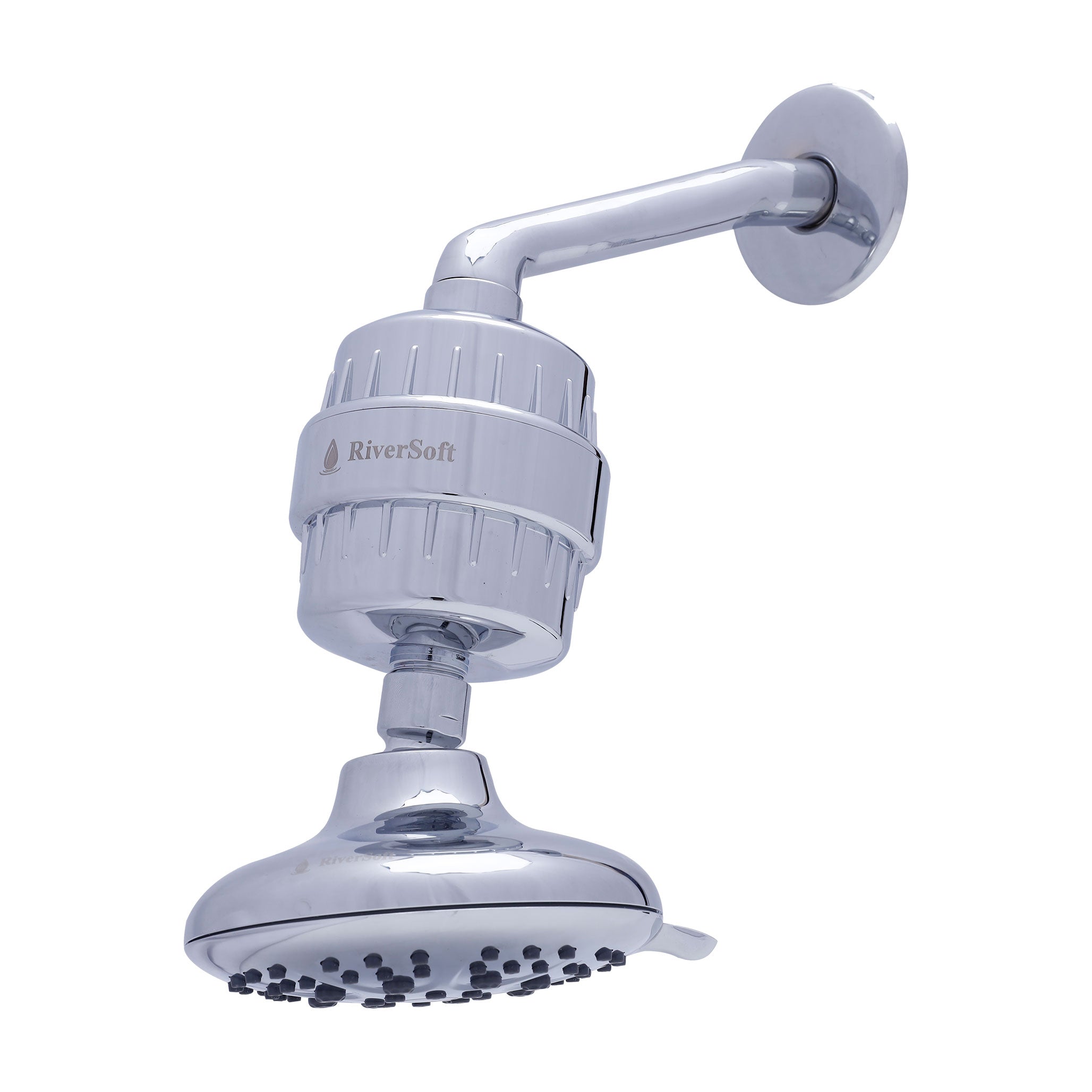
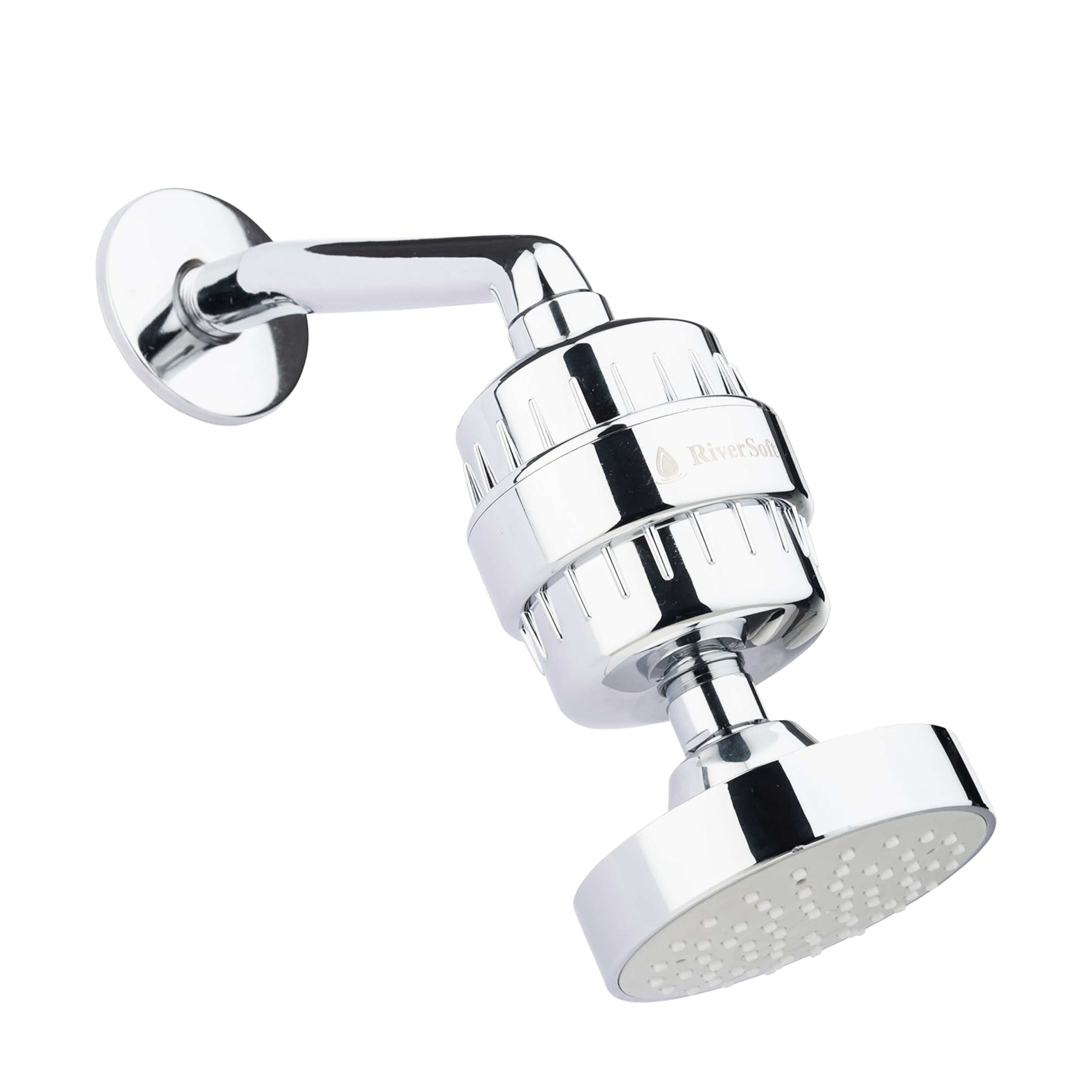



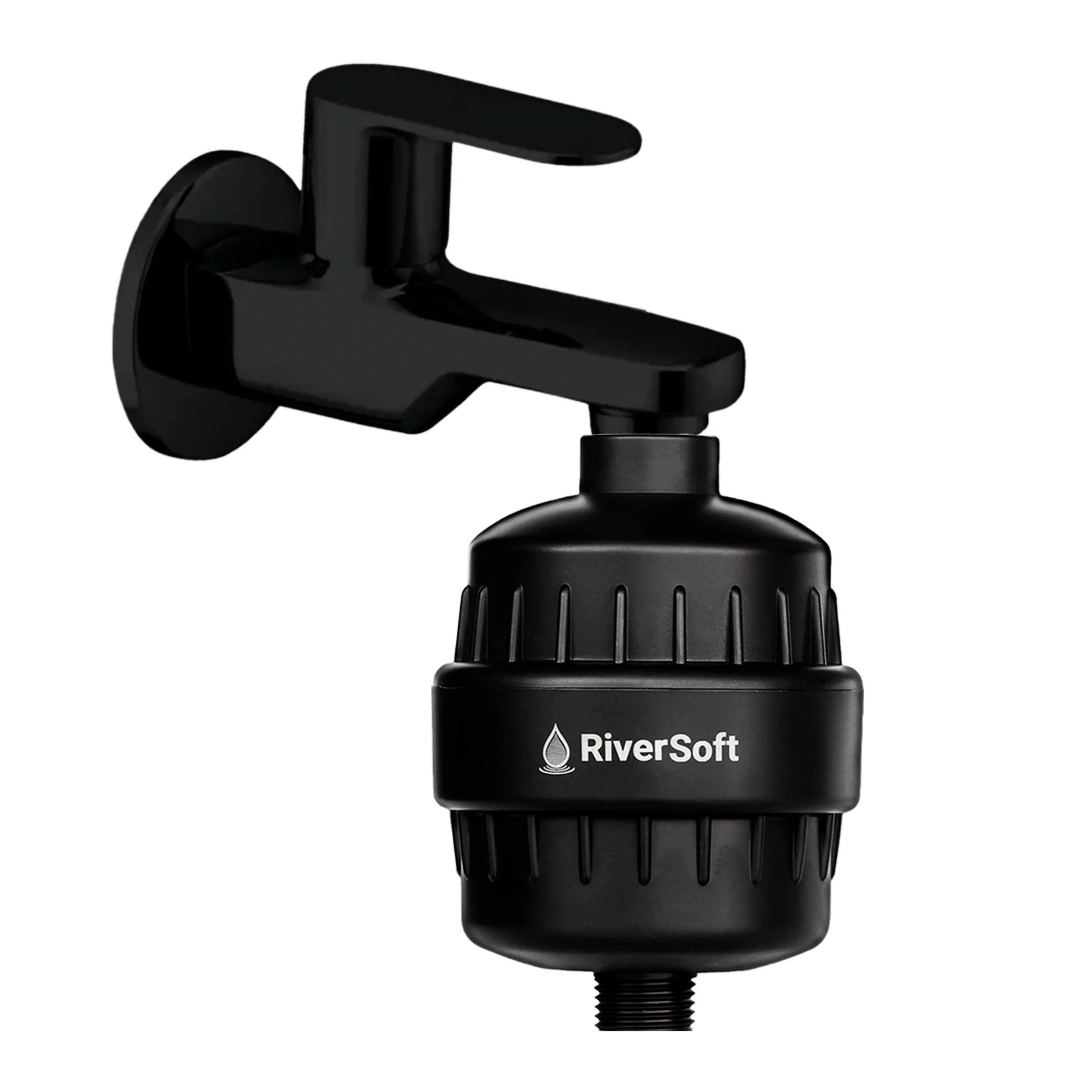
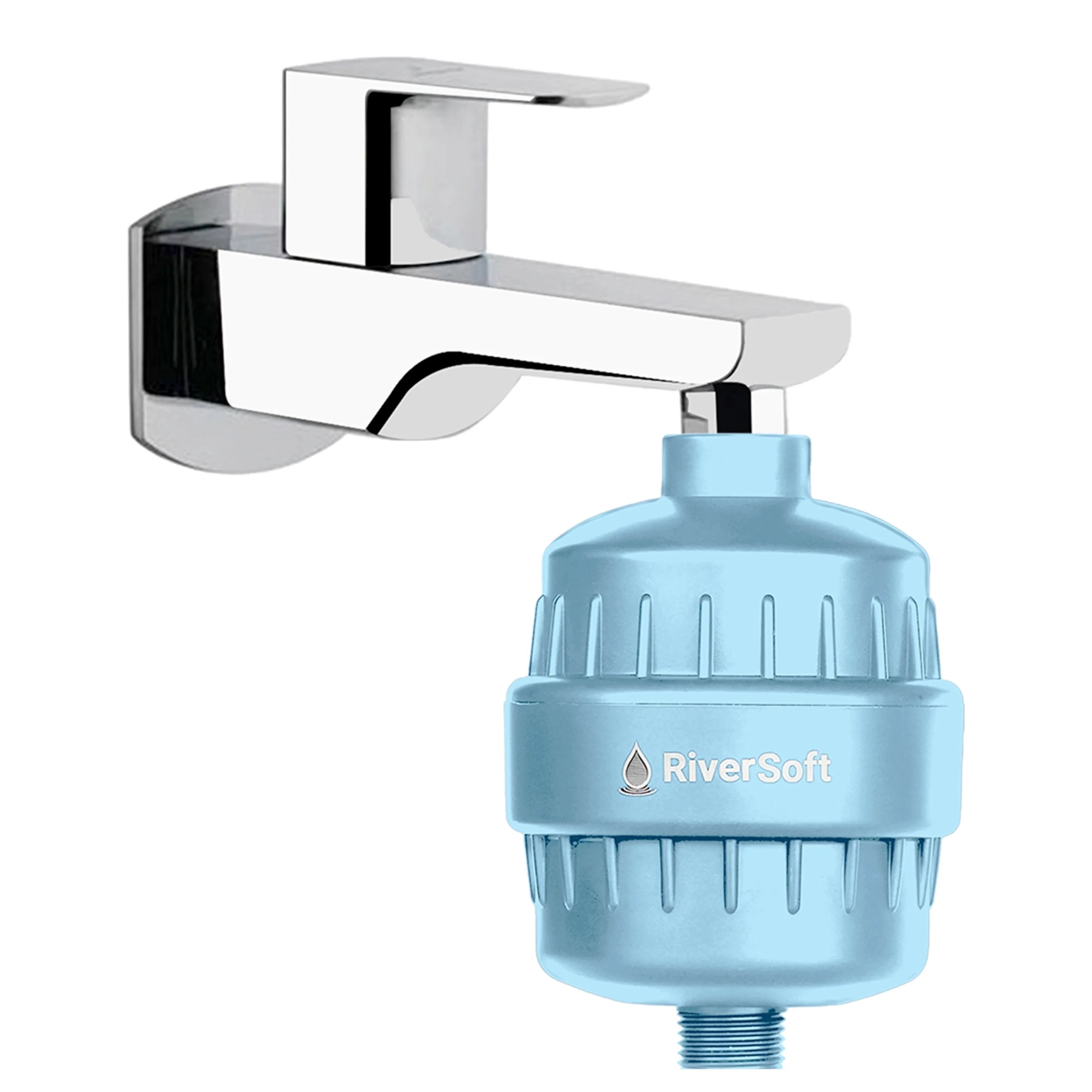
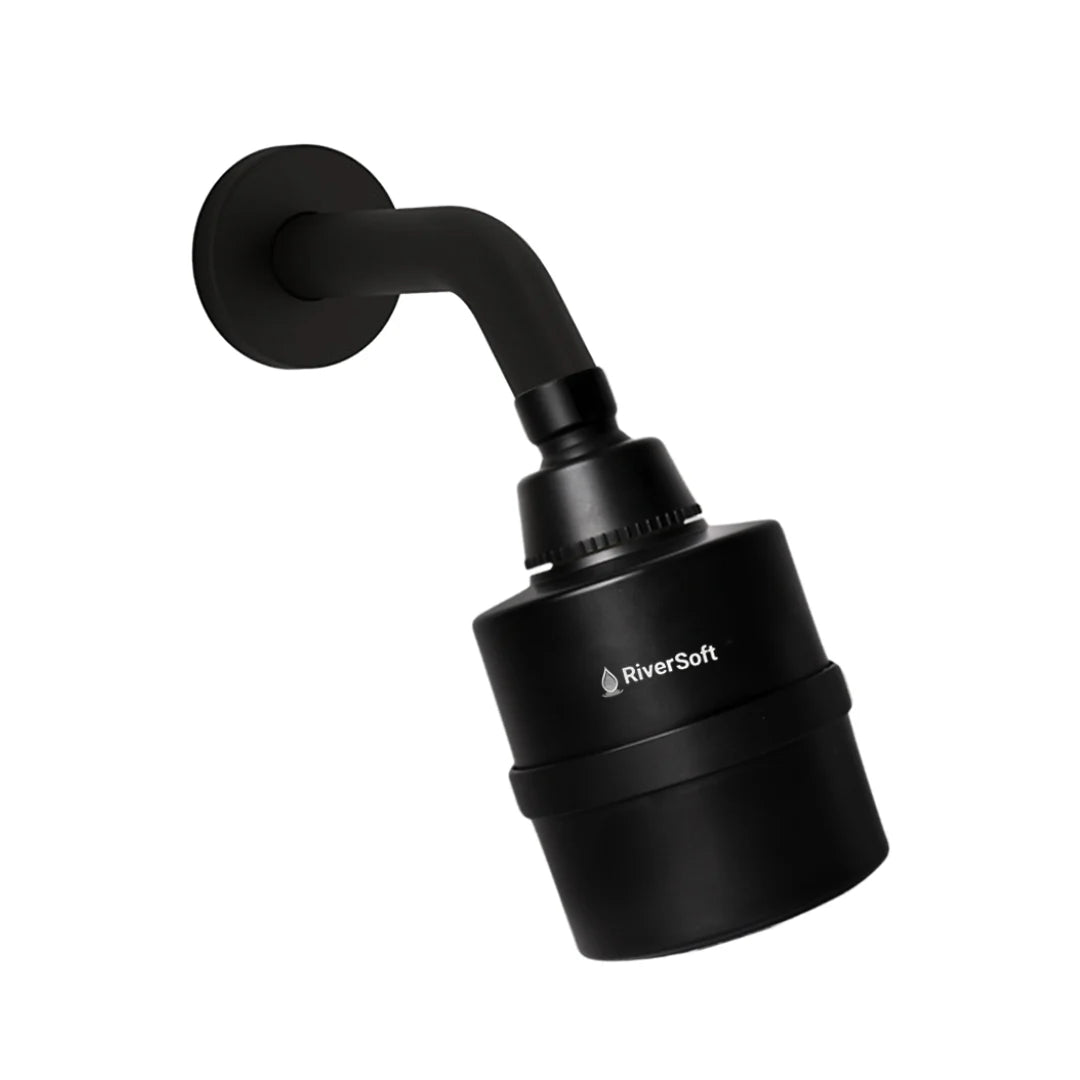
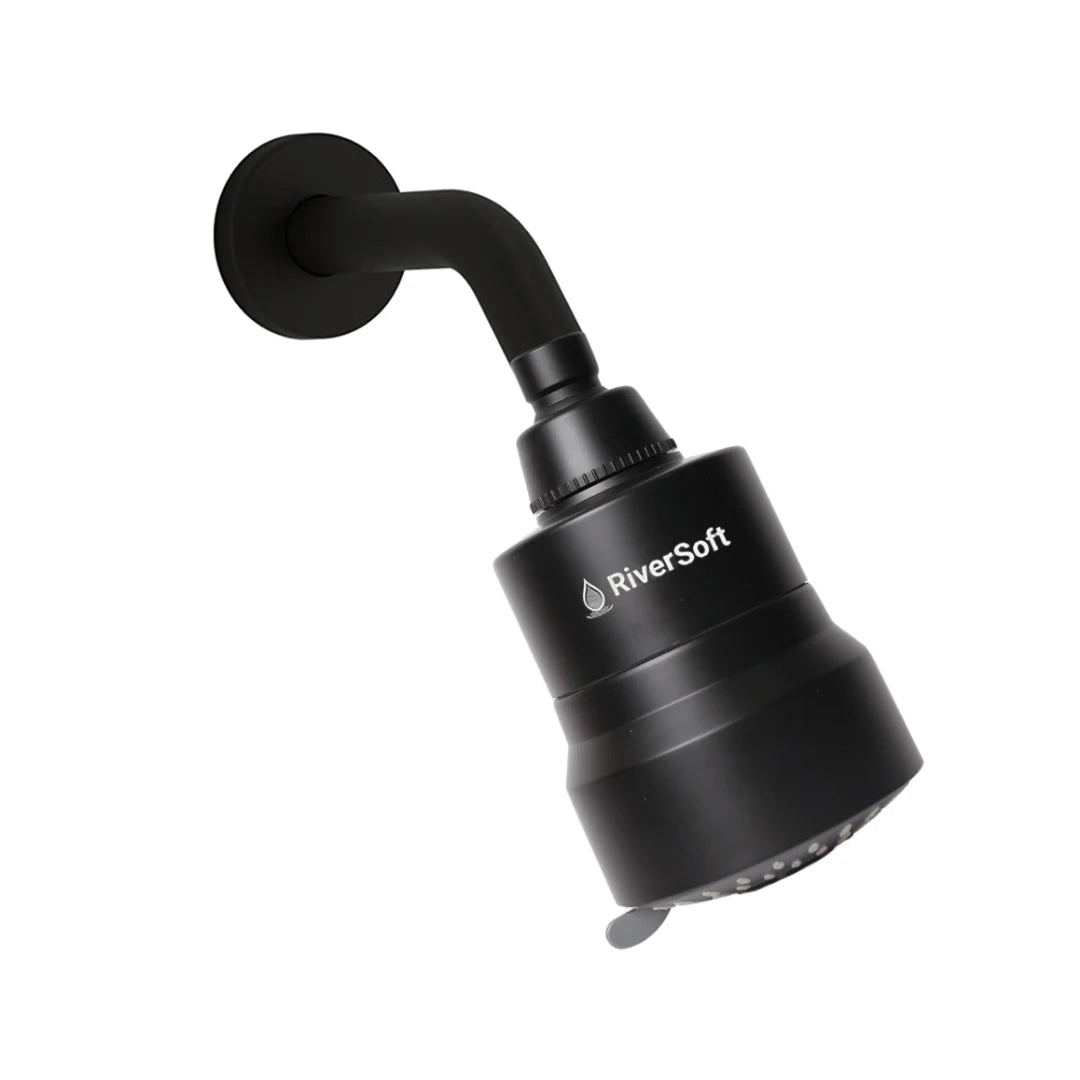
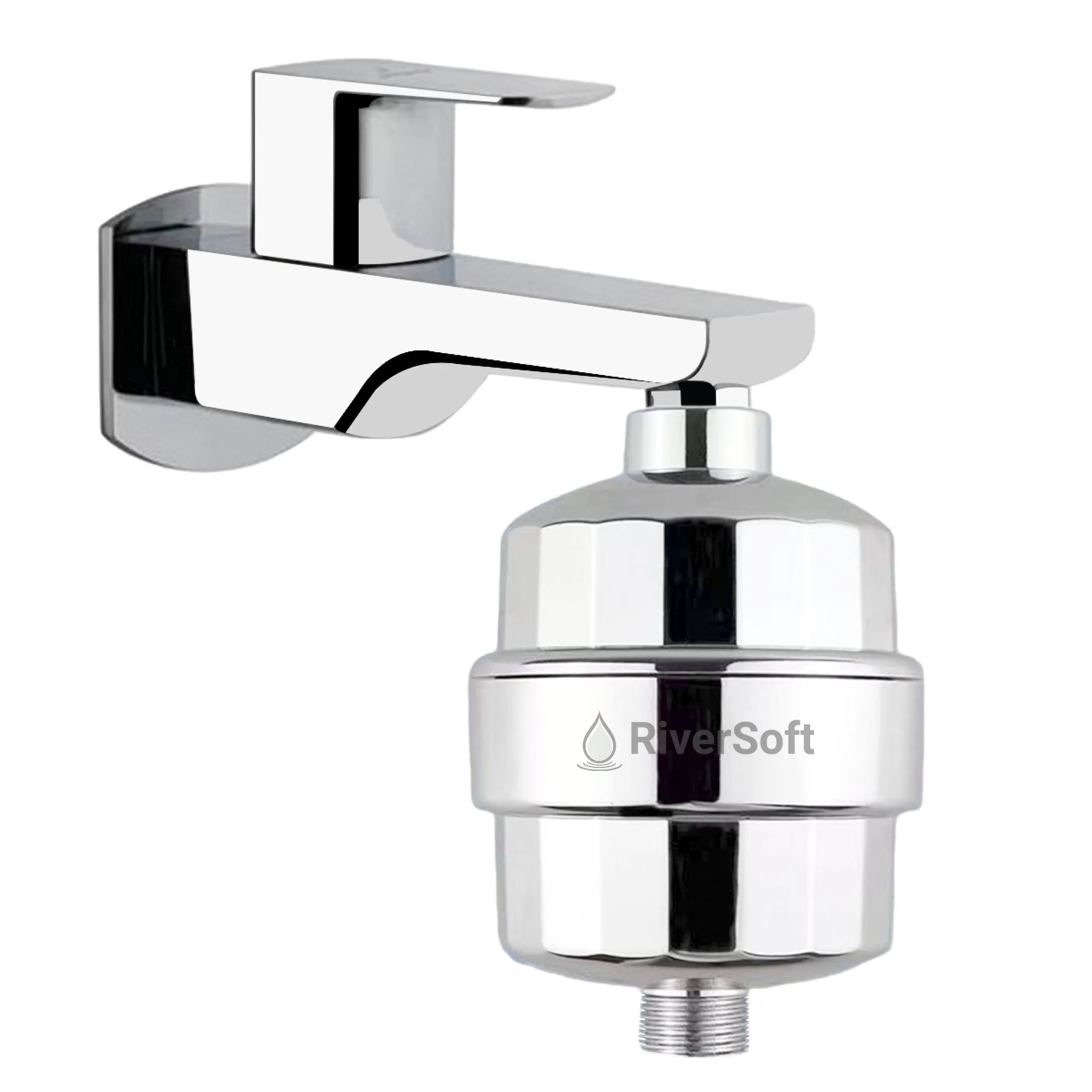


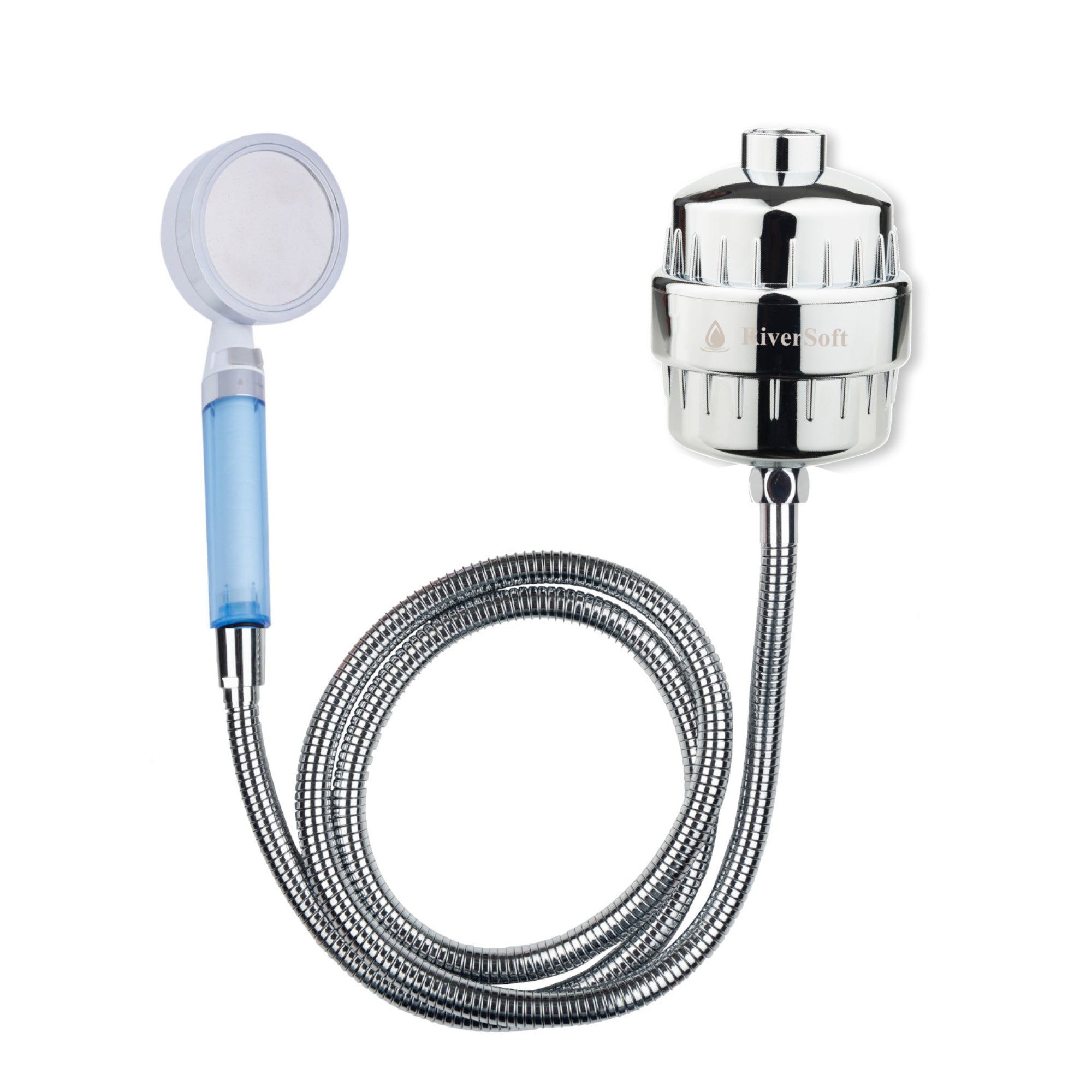






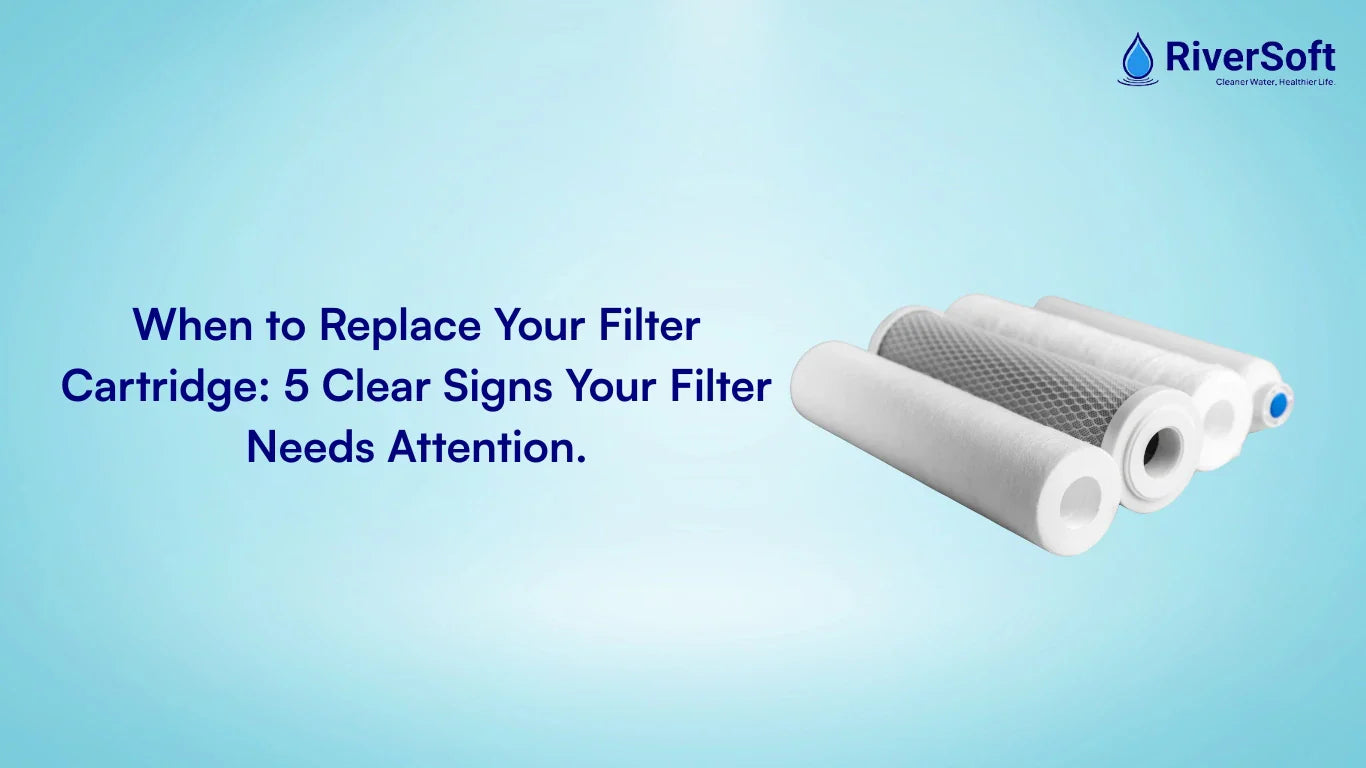
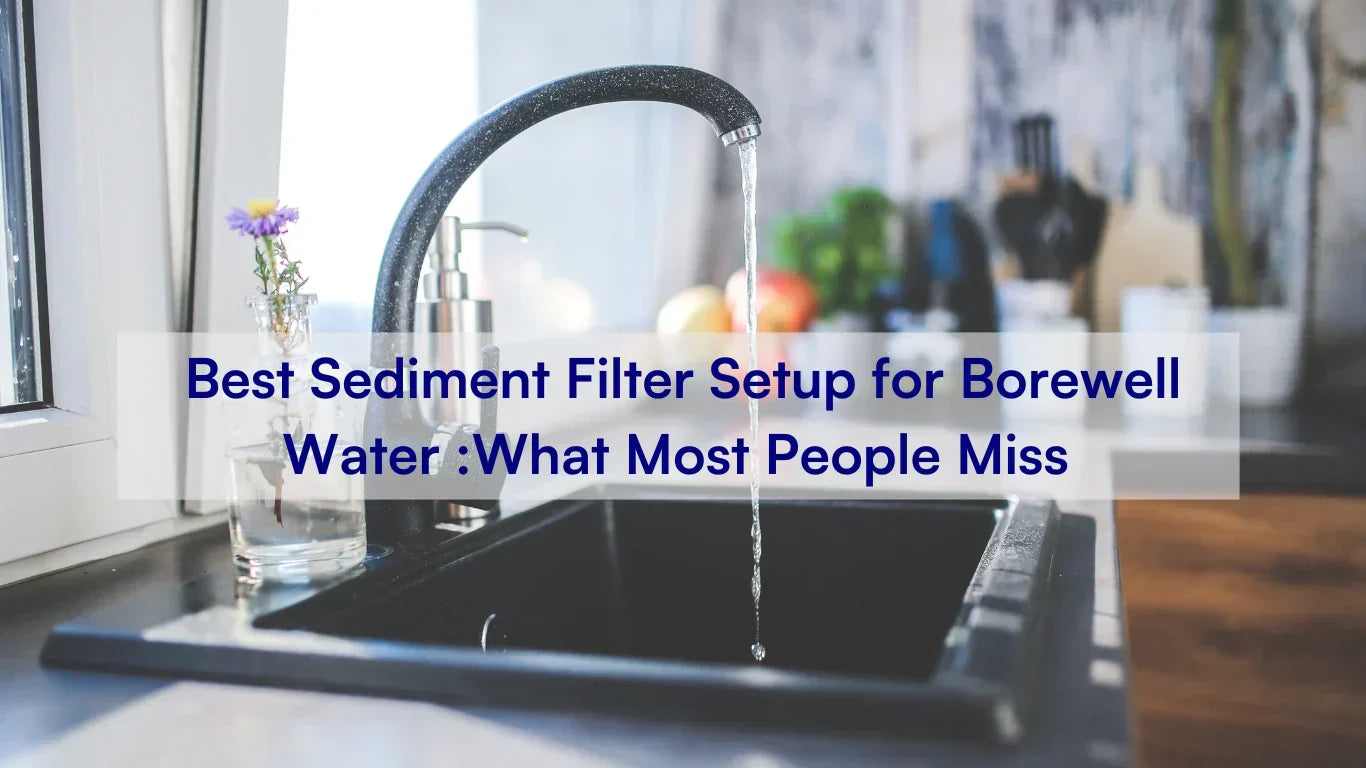


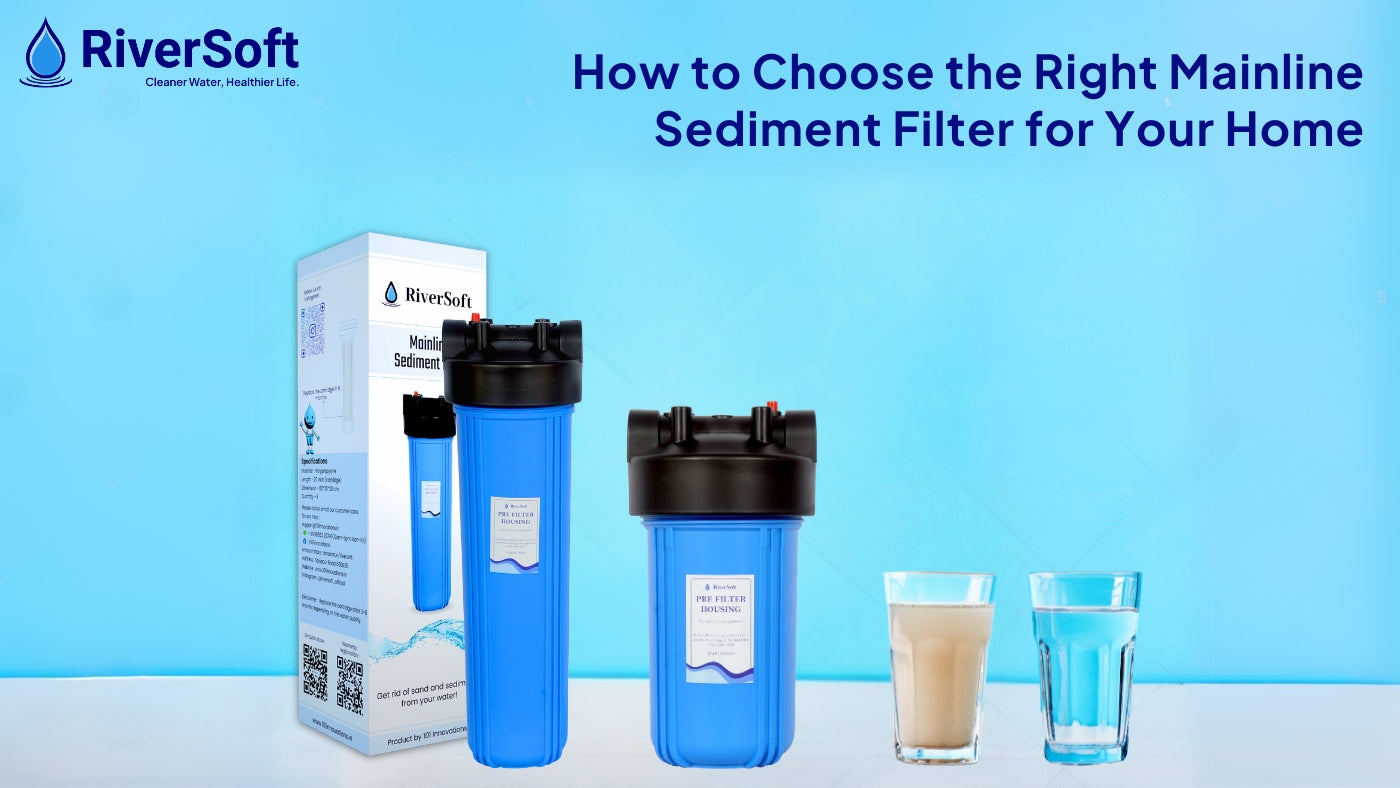

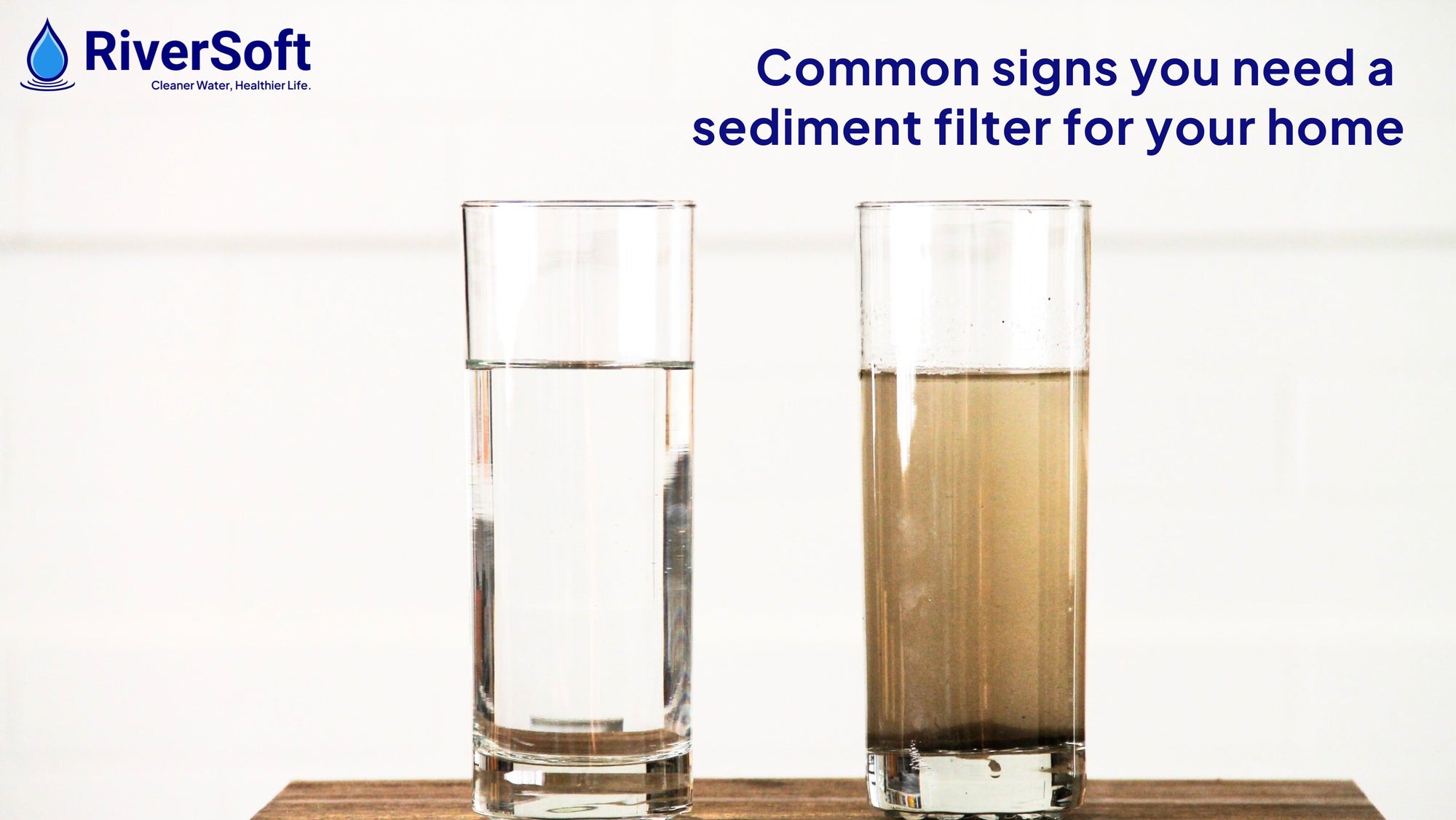
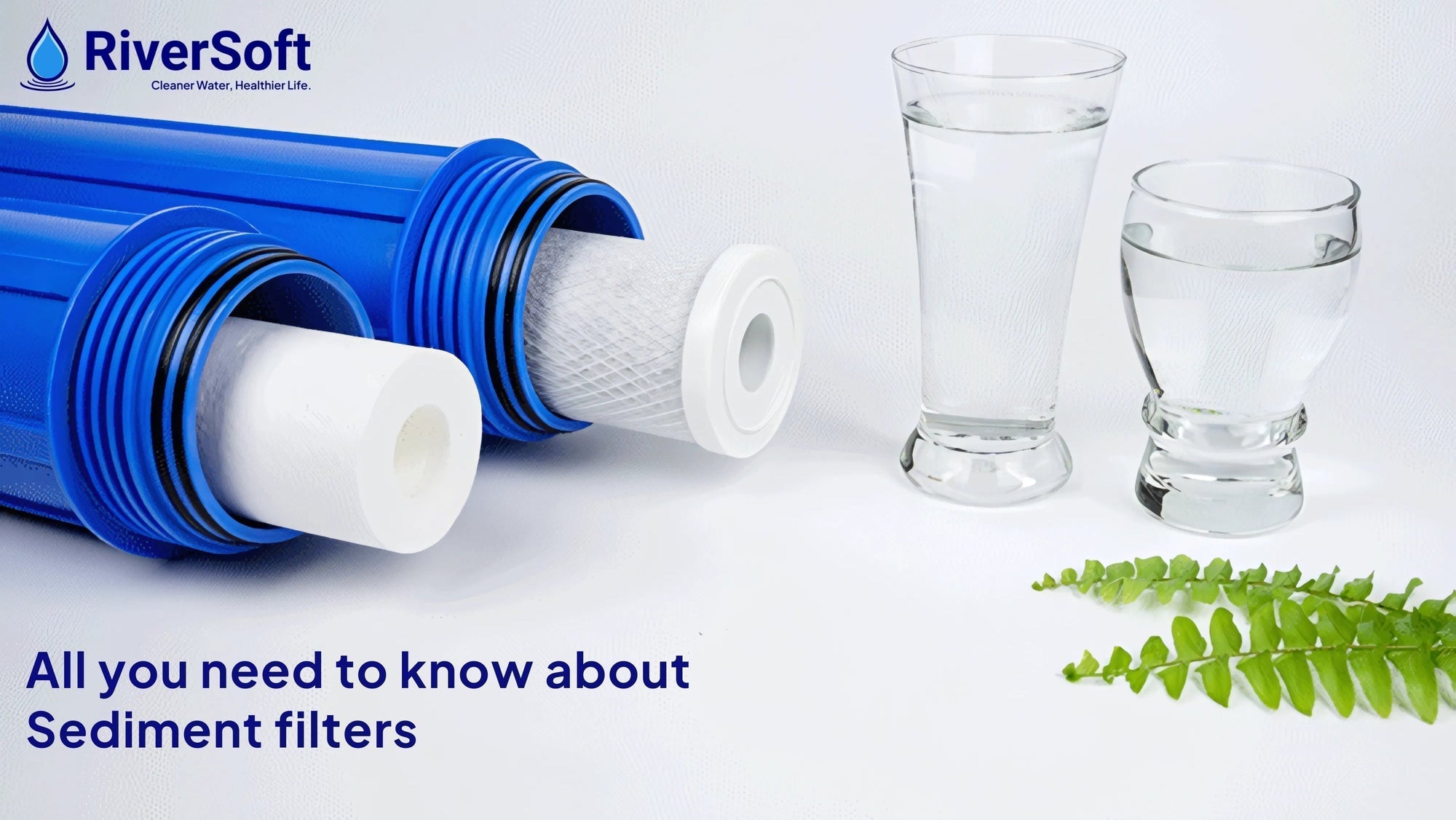

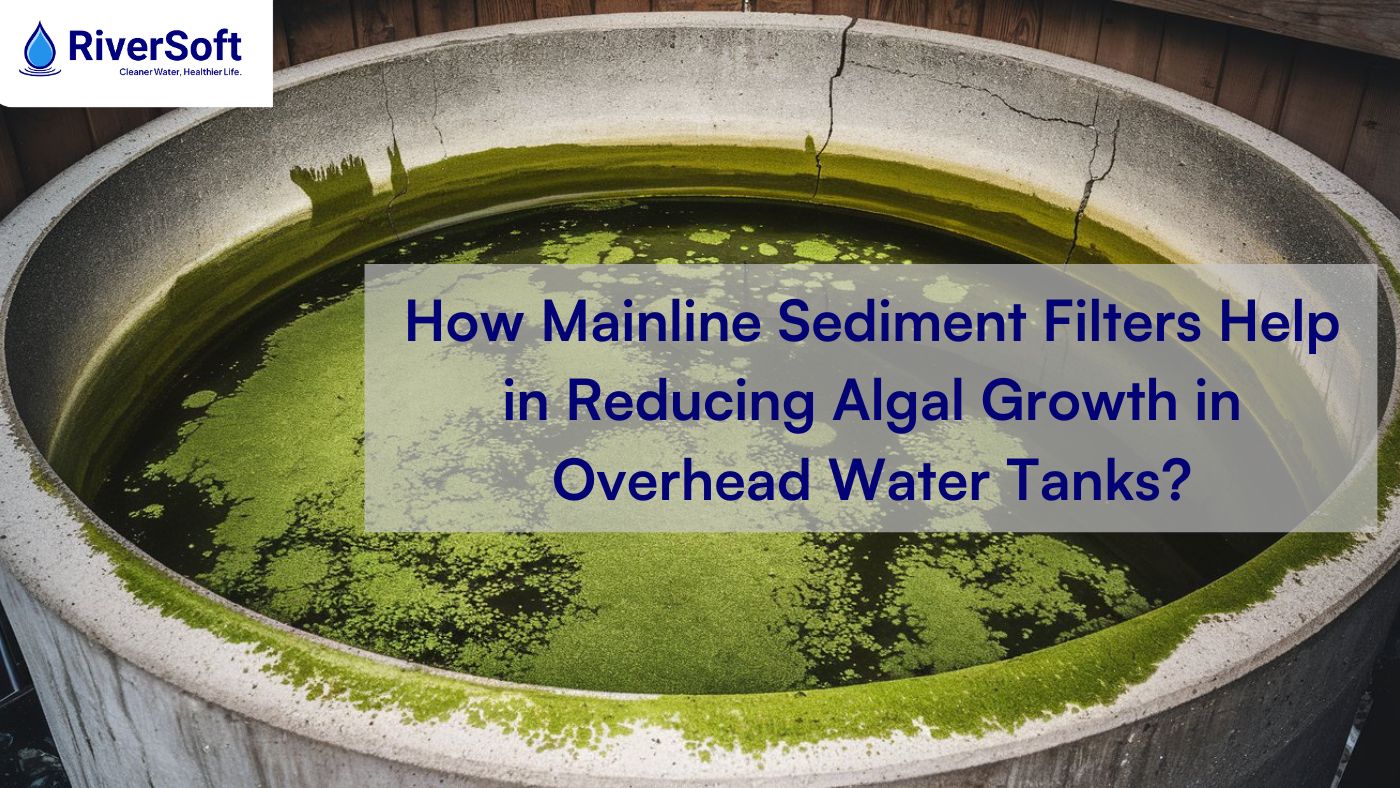

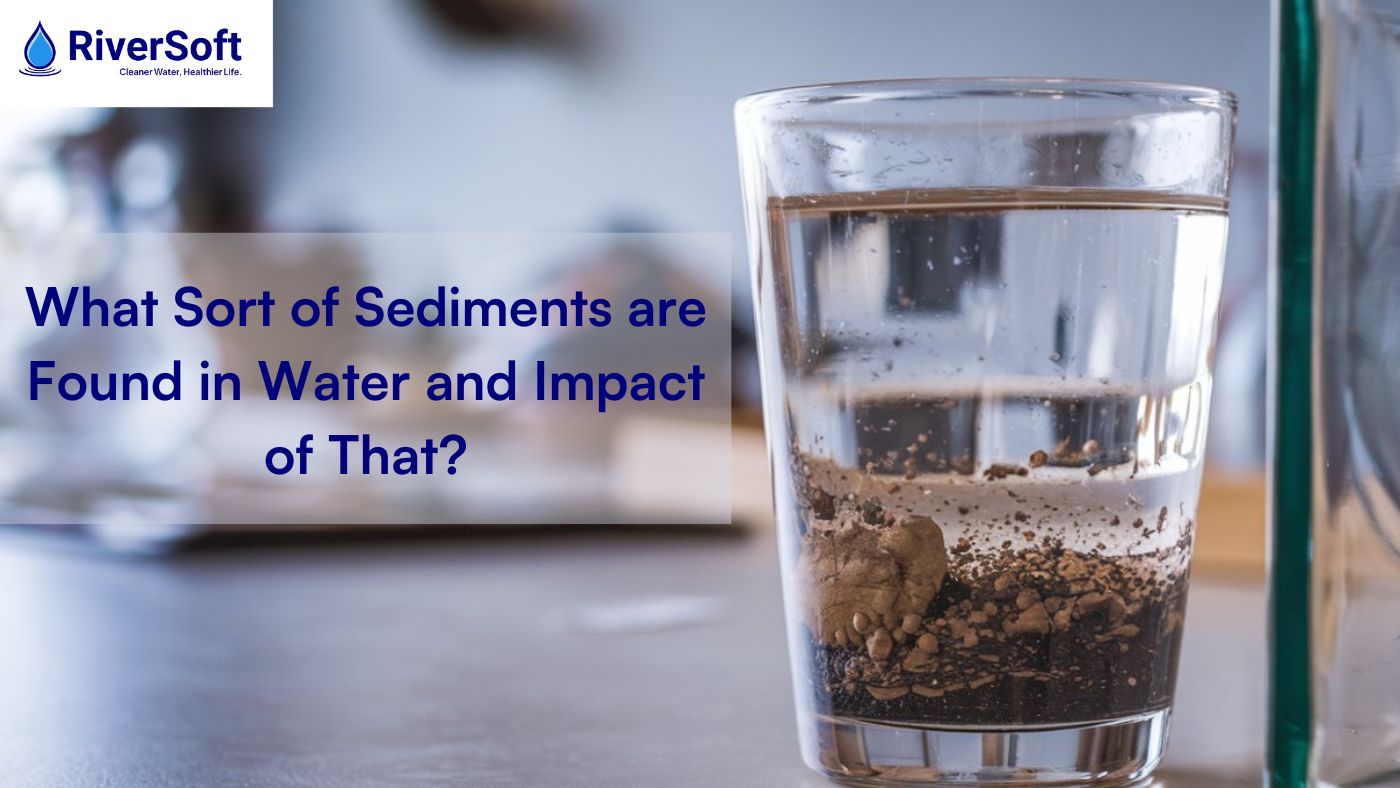


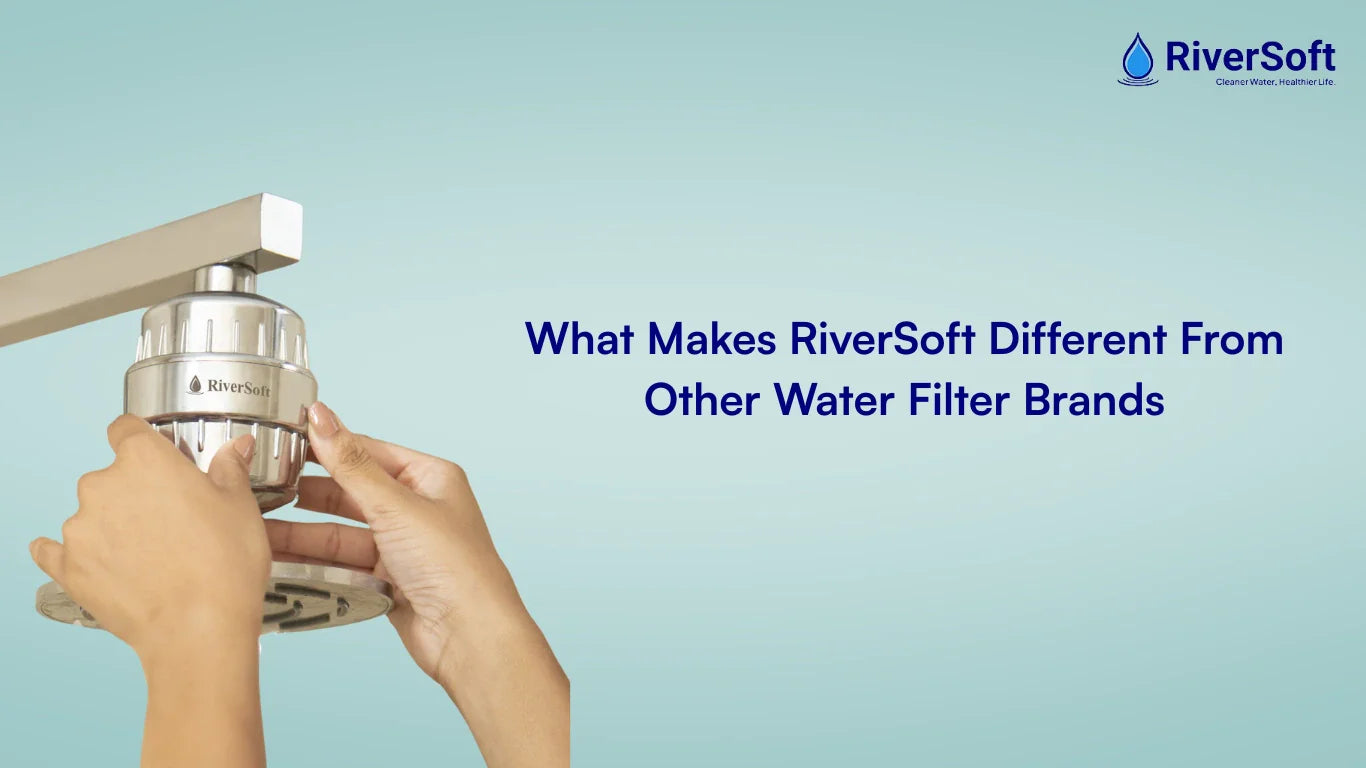


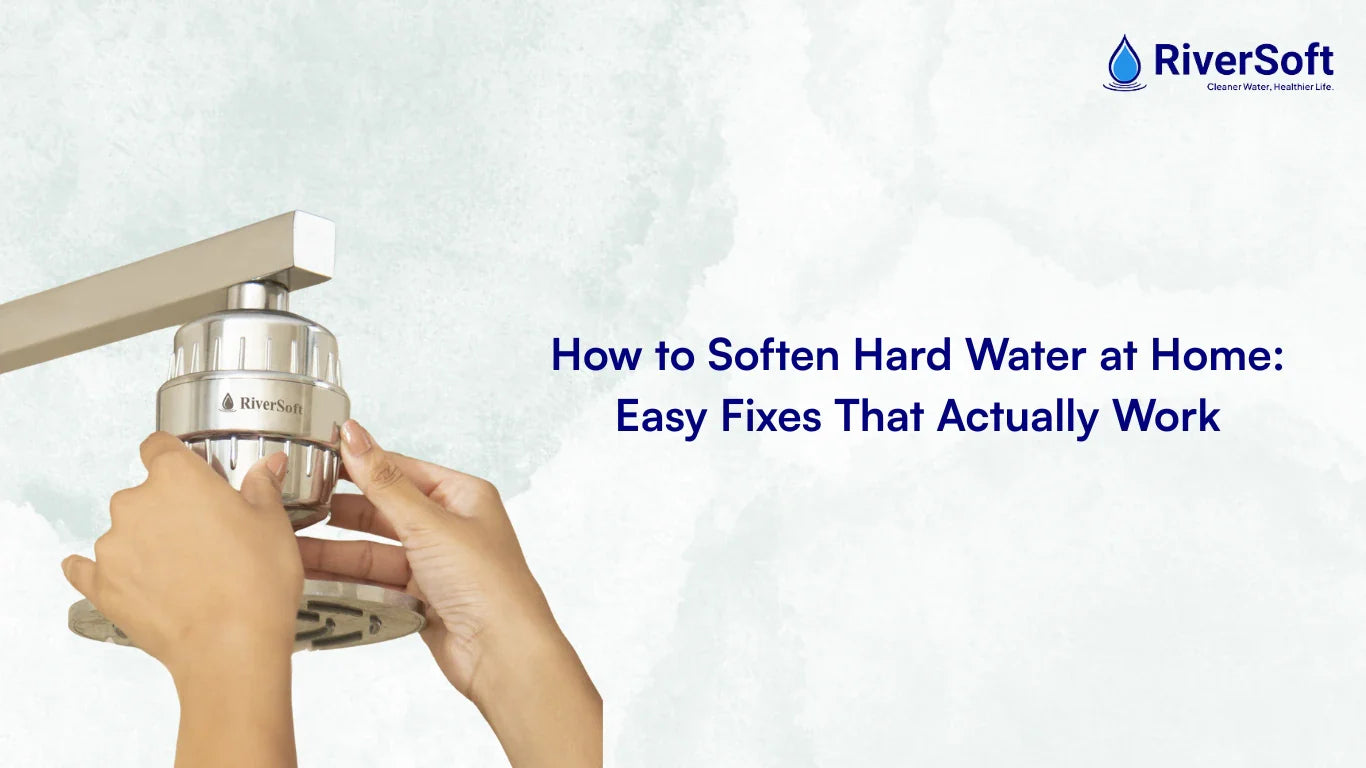

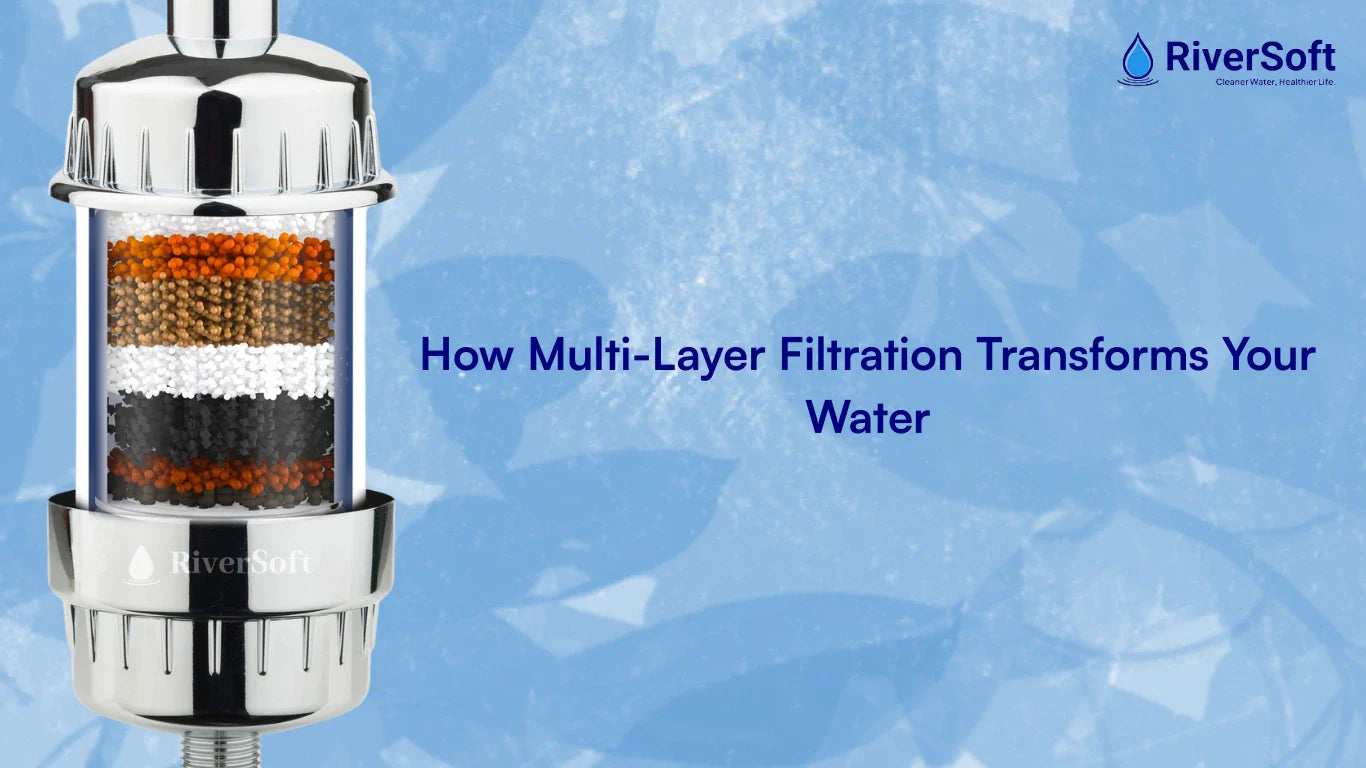



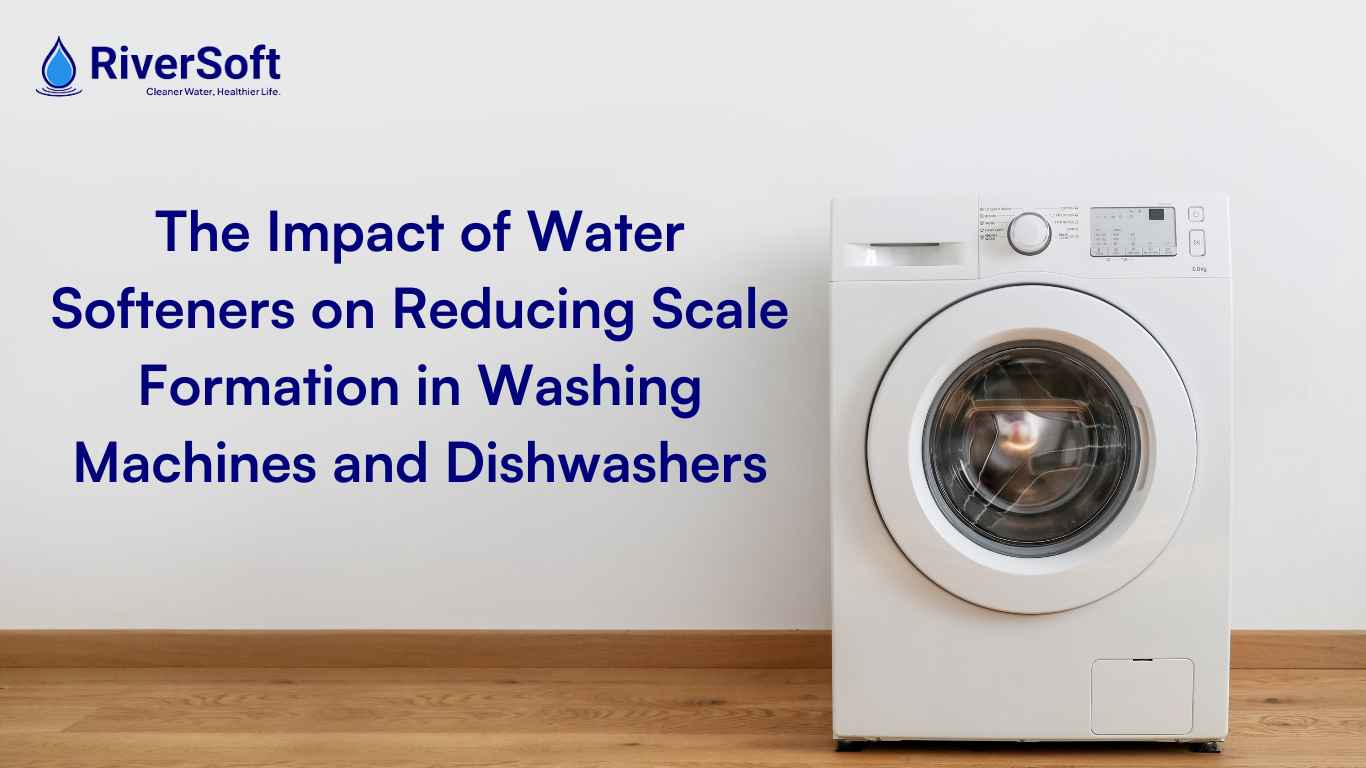


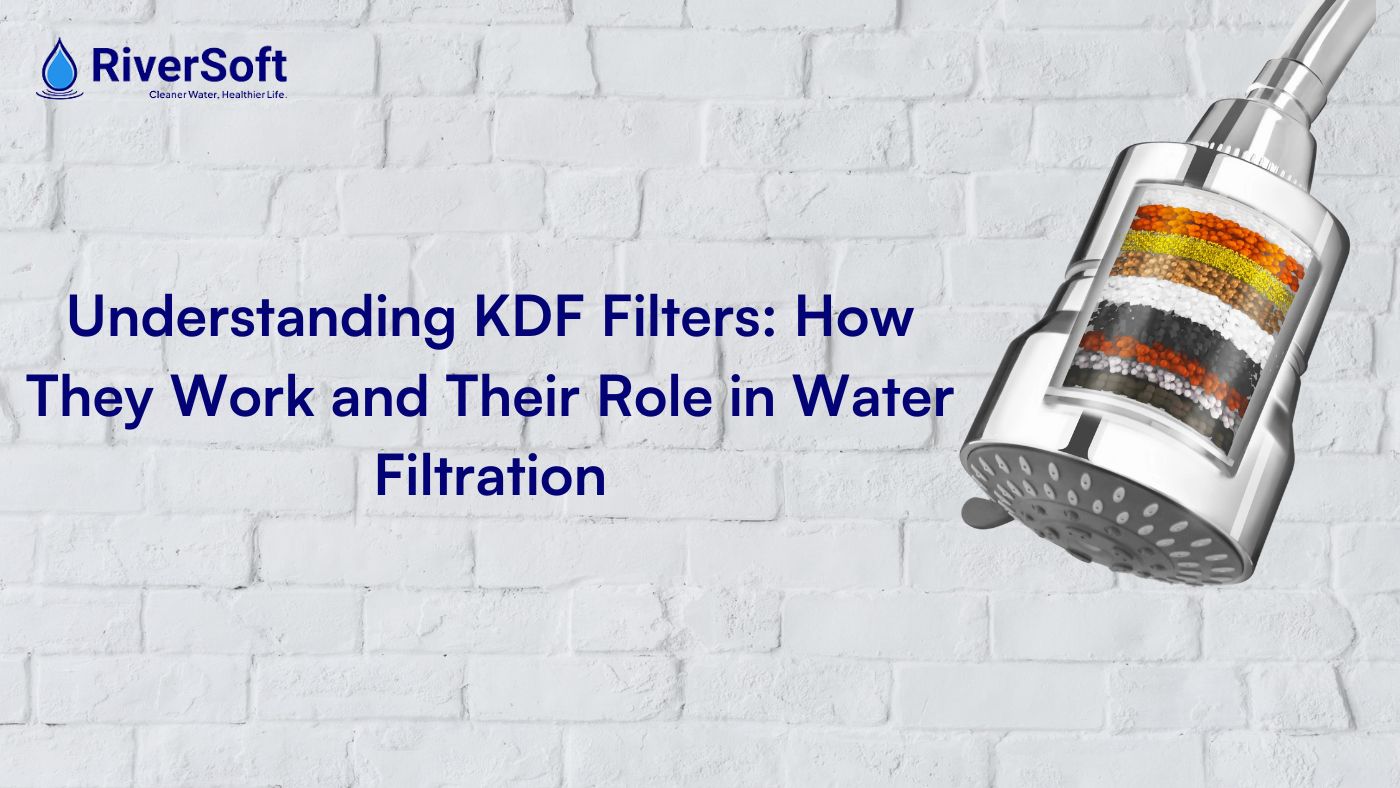

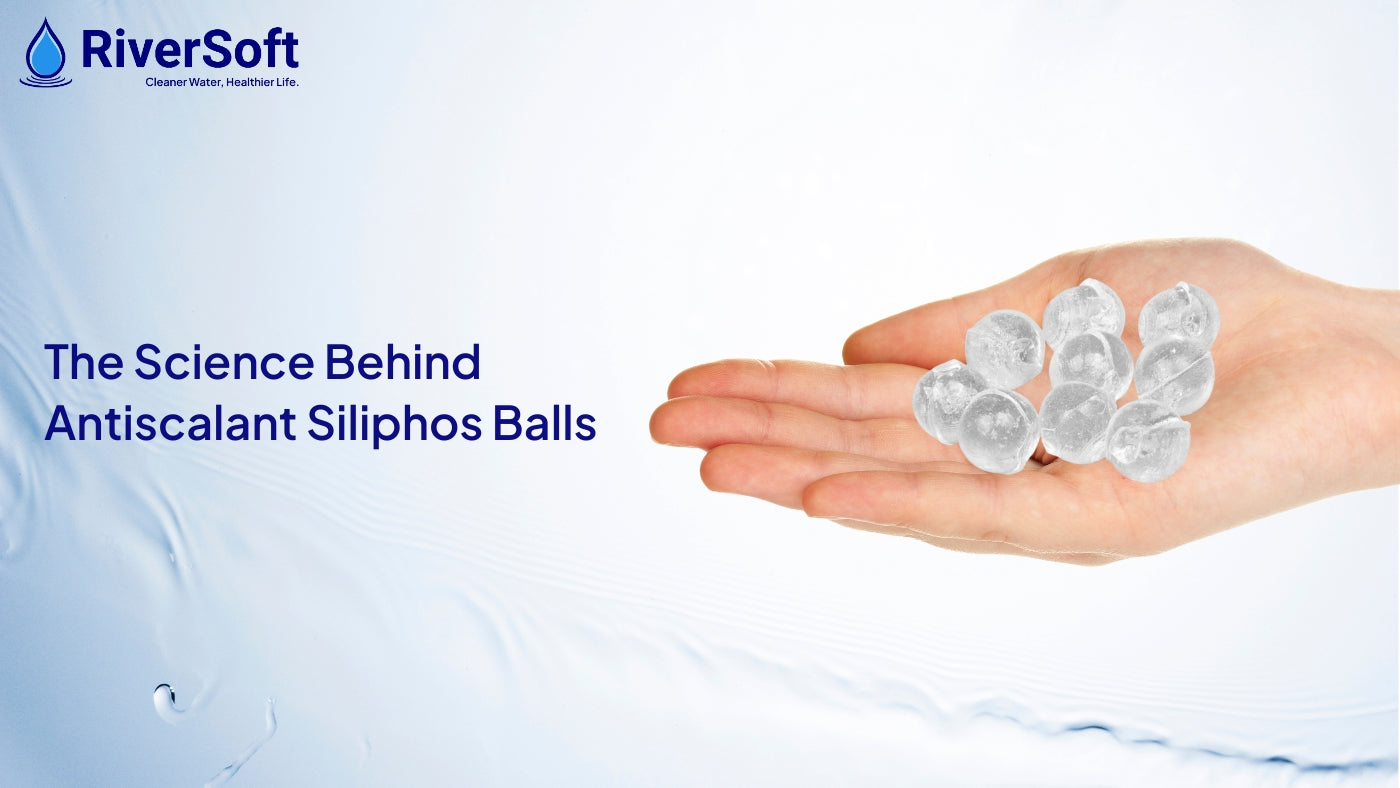
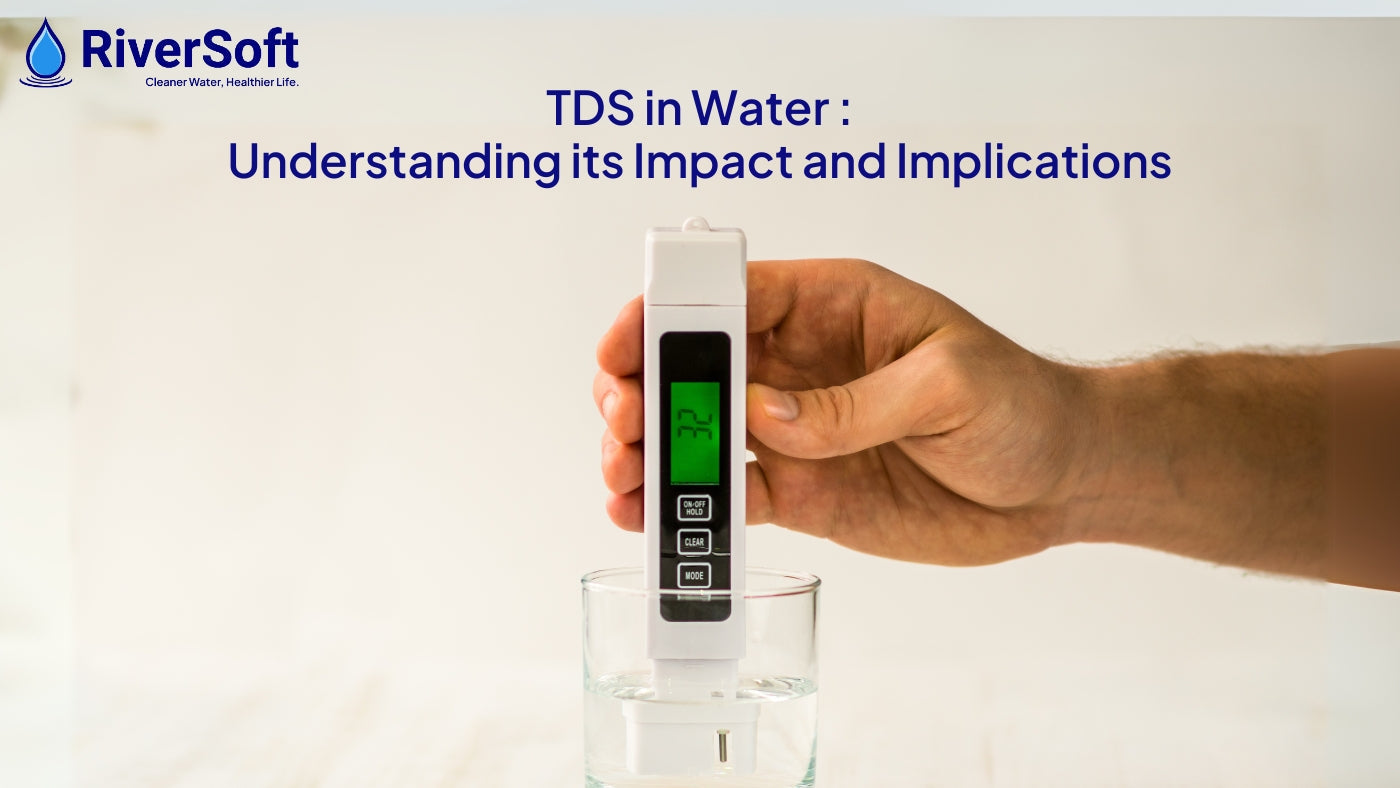












Ashutosh was inspired to solve water quality issues after witnessing the harmful effects of hard water on his family’s health and home. Recognizing the widespread impact of poor water quality, he committed to creating innovative solutions that ensure safe and clean water for everyone. He is an alumnus of IIT Delhi and IIM Ahmedabad, bringing a strong technical and managerial background to RiverSoft.